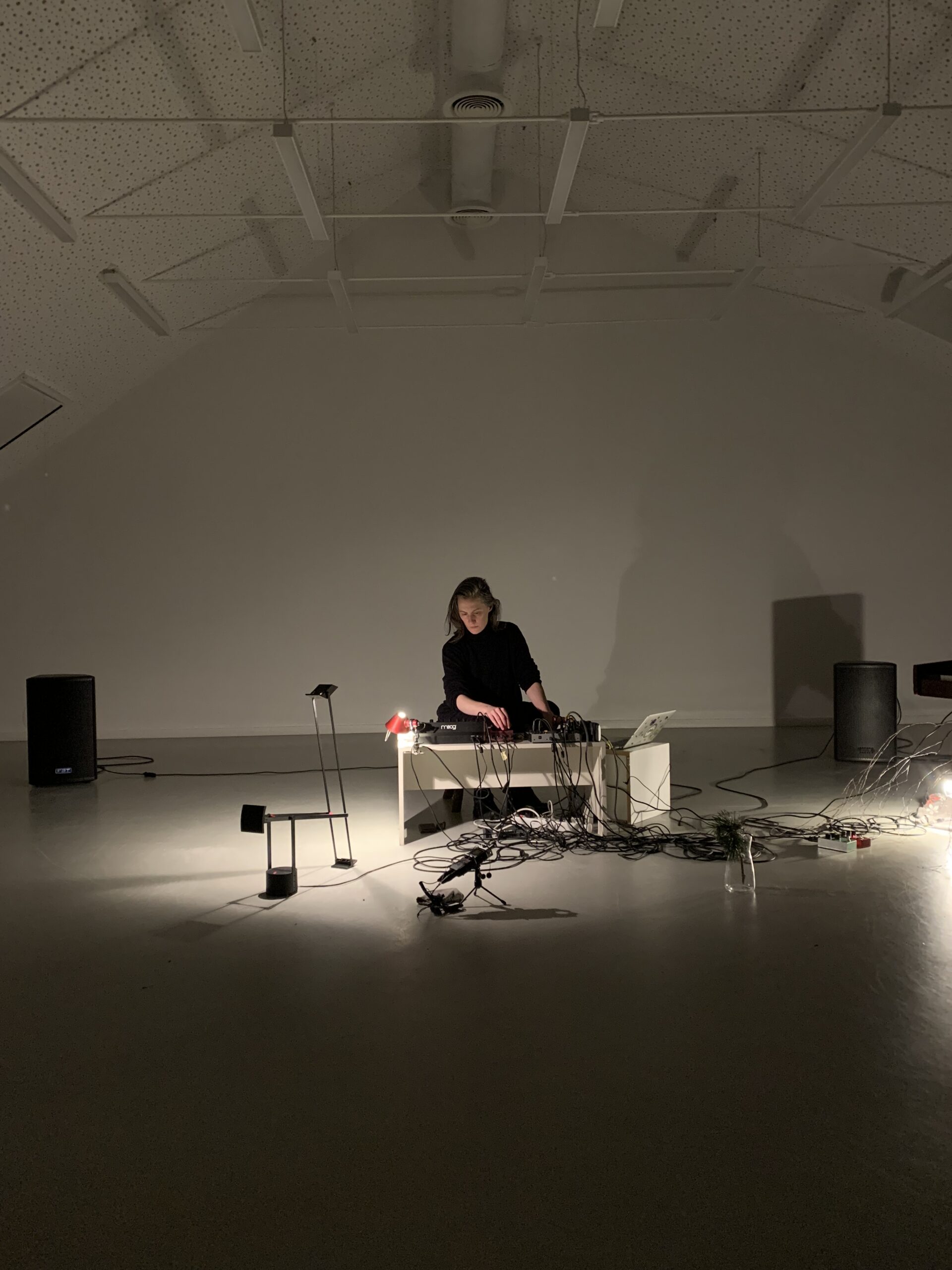
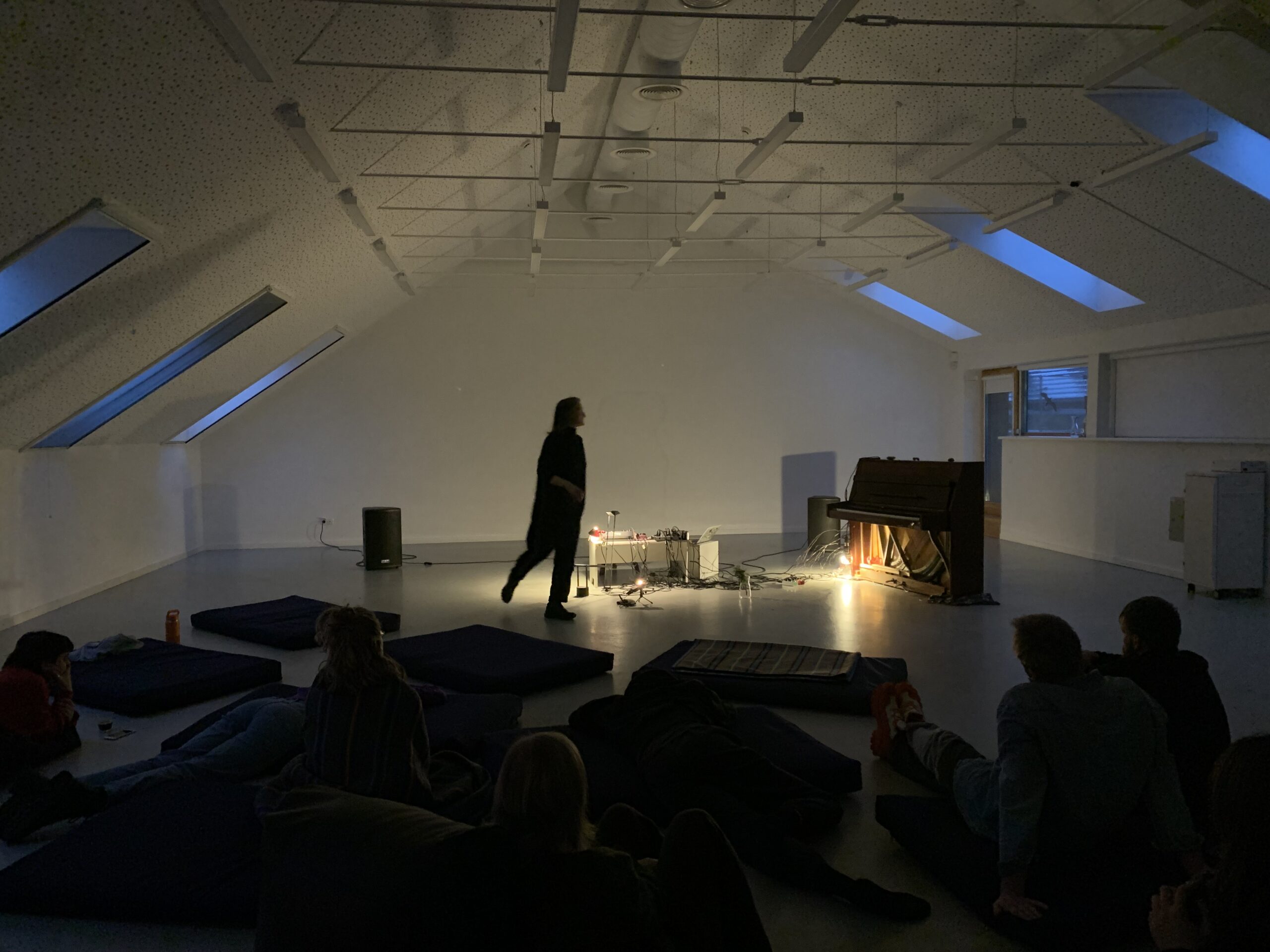
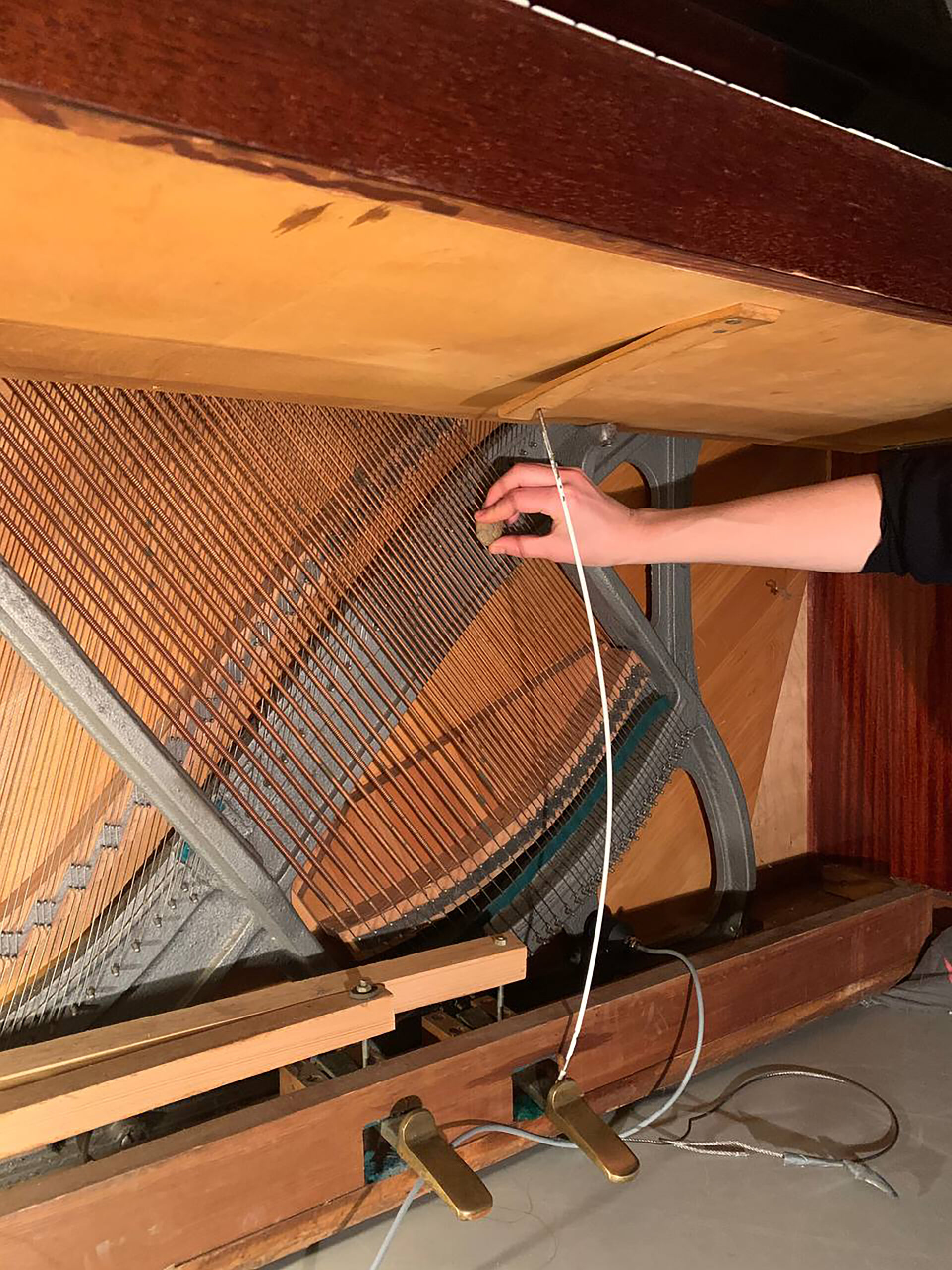

Oscillations in Snow Walk, 2024. Nida Art Colony, Nida, Lithuania. Prepared Piano, Modular Synthesizer, Pedals, Tape Cassette Player, Field Recordings.
POETS‘ CORNER IN MITTE – WEDDING: Poets’ Corner meets Cashmere Radio (2023-06-06, 5:30 PM), 24. Poesiefestival, Berlin, Germany.
Organized by Ross Alexander, featuring Eleni Polou, HASHIA, and Ben Luton.
Poets’ Corner covers the city in poetry. More than 40 Berlin poets and musicians are reading and performing across the districts – in libraries, gardens and cultural centres, supported by districts and cultural institutions.
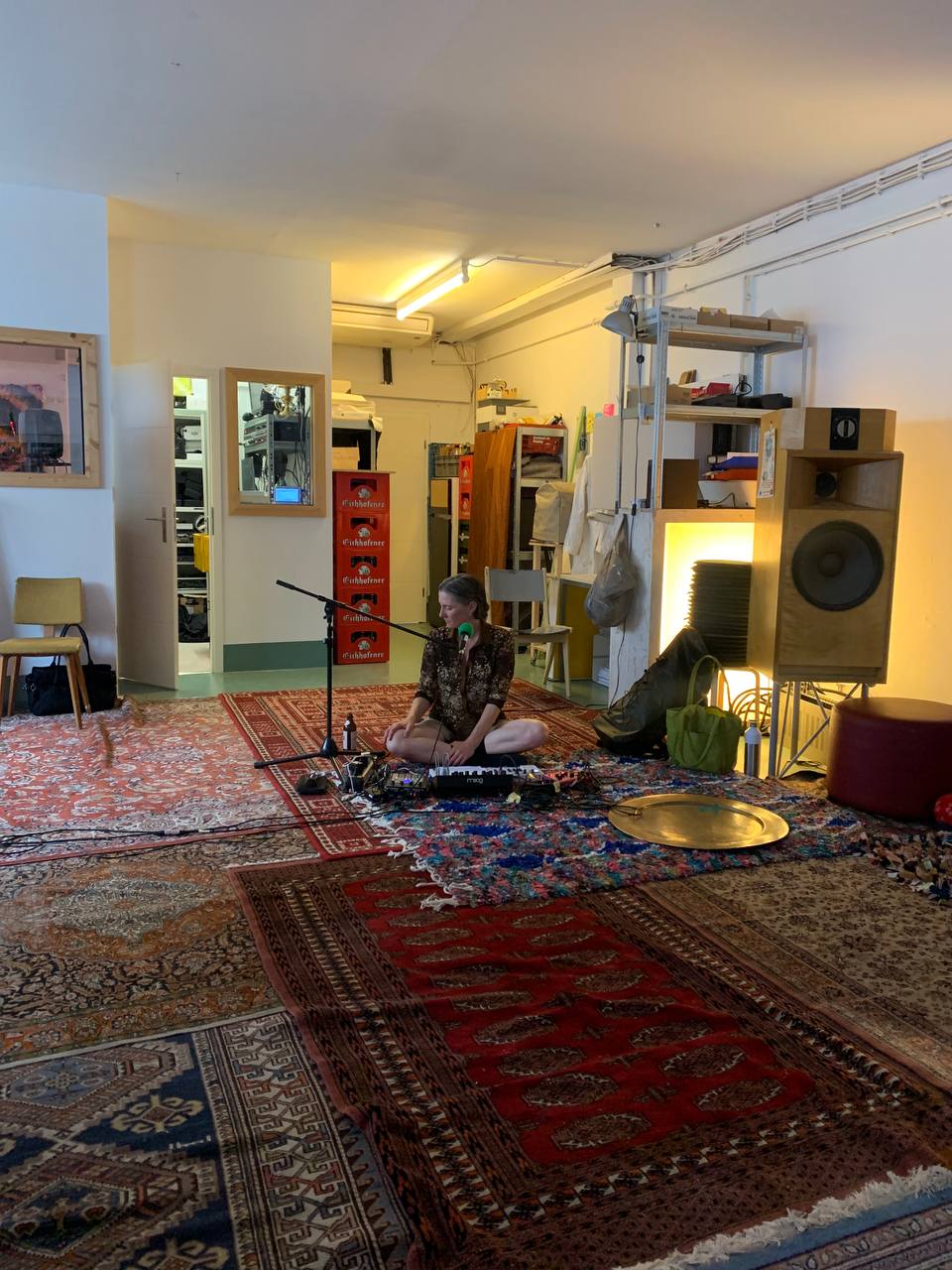
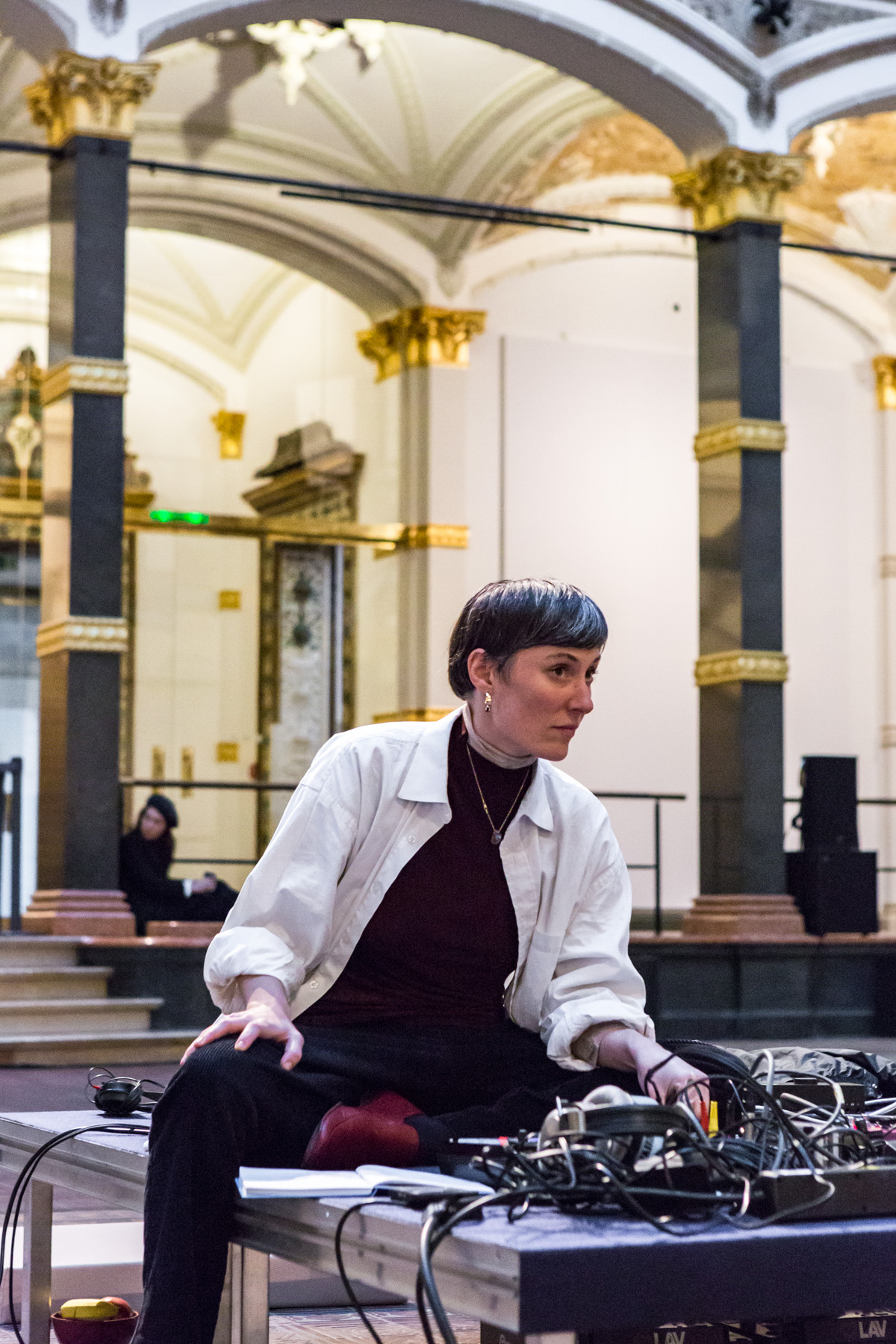
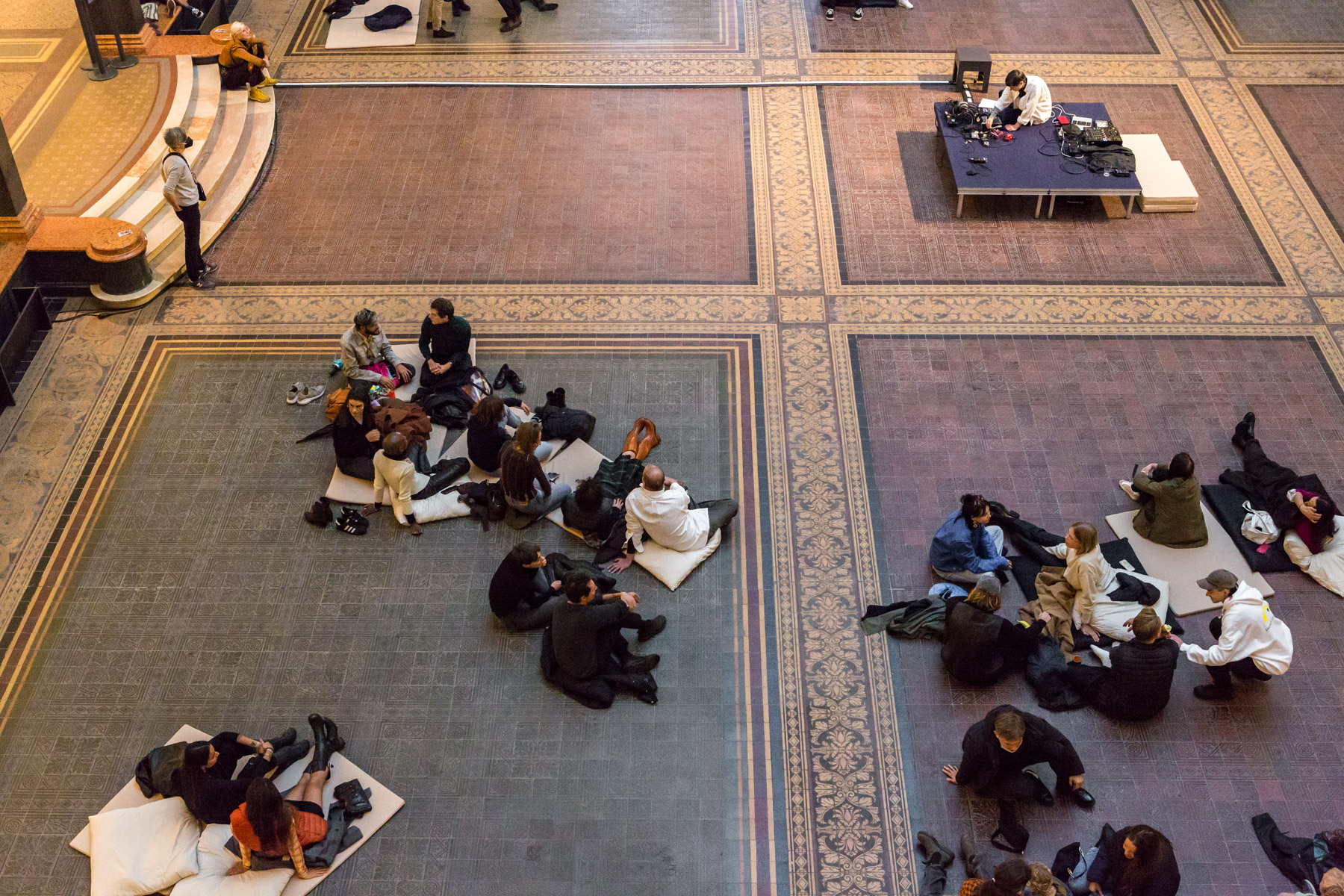
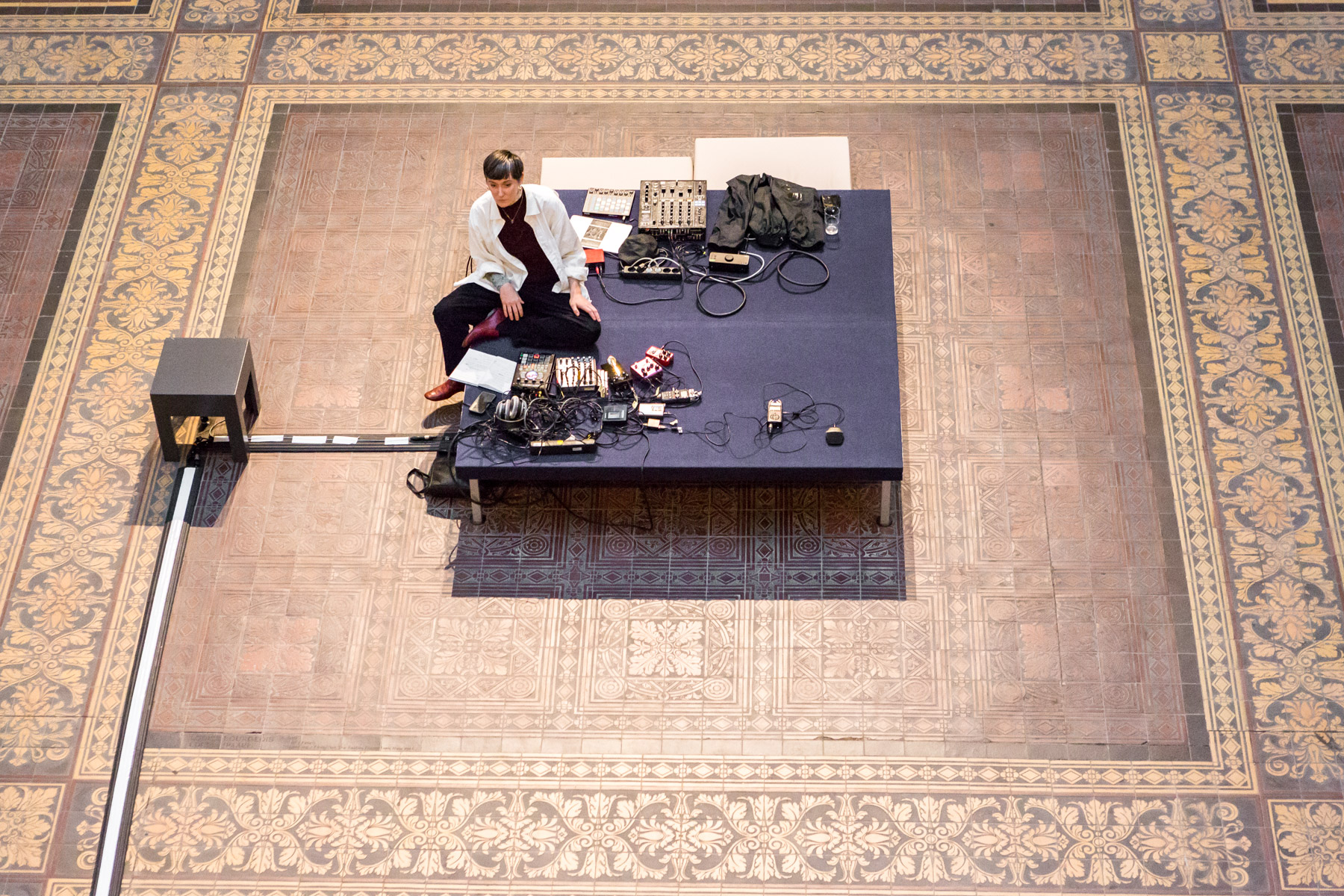
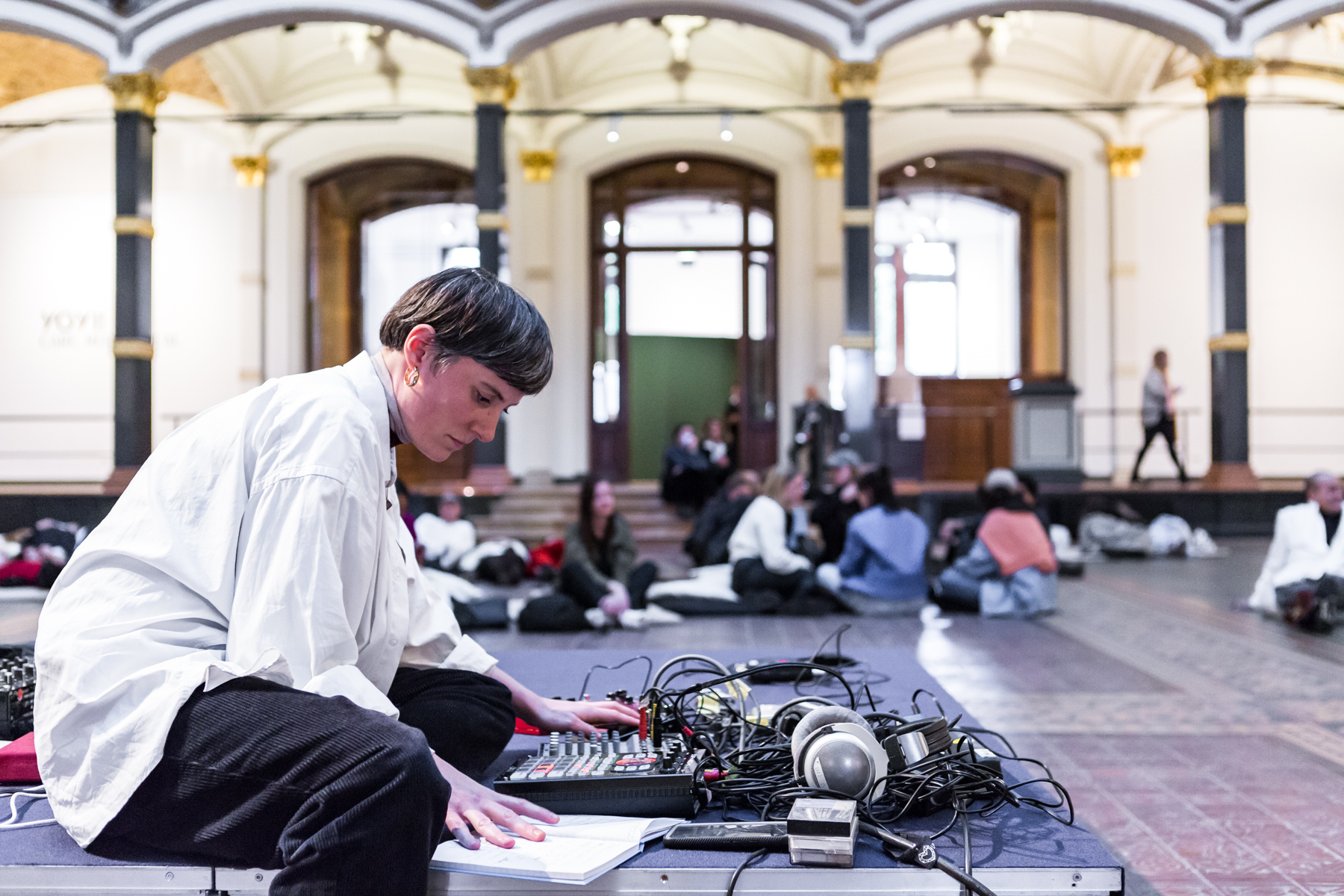
Performed alongside Ross Alexander and Vera Dvale on the occasion of Intimate Connections: Musical Explorations of Rest and Inner Self (part of YOYI! Care, Repair, Heal), this piece imagines Martin Gropius Bau as a body, its heartbeat produced by the footsteps of visitors. Its mind is wandering, clogged with the voices of strangers.
Curated by Margareta Von Oswald, Diana Mammana, and Carl Luis.
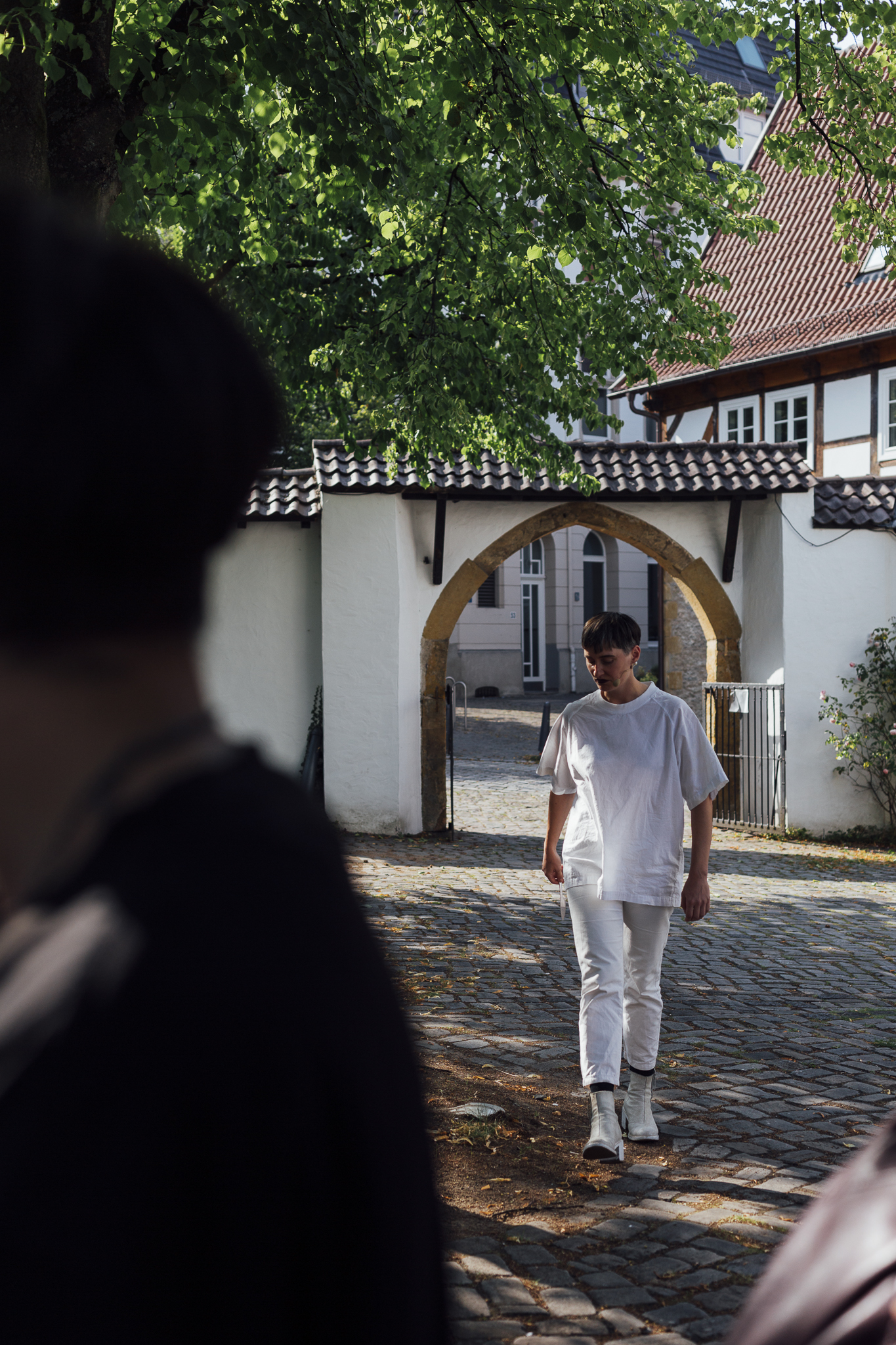
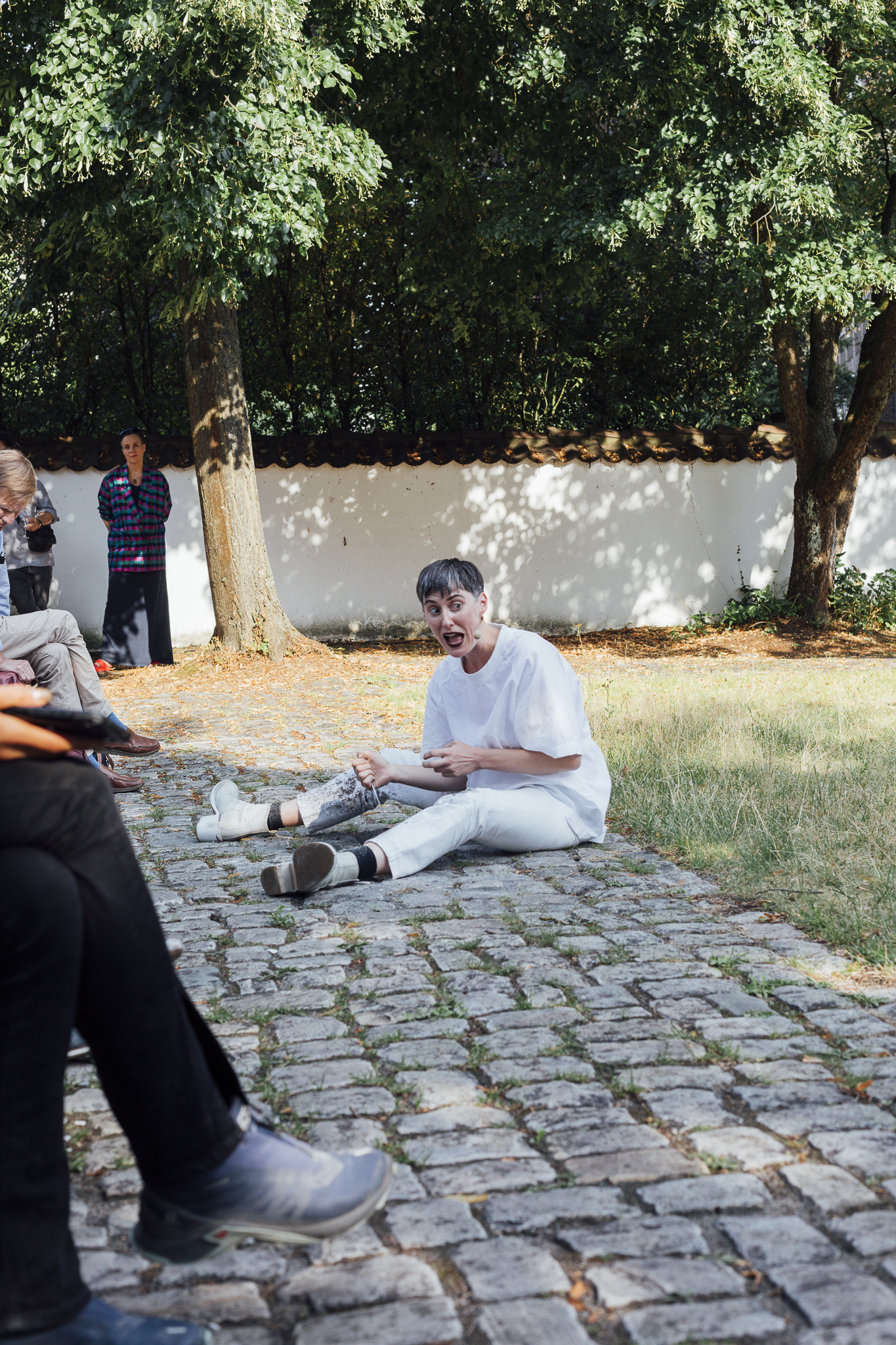
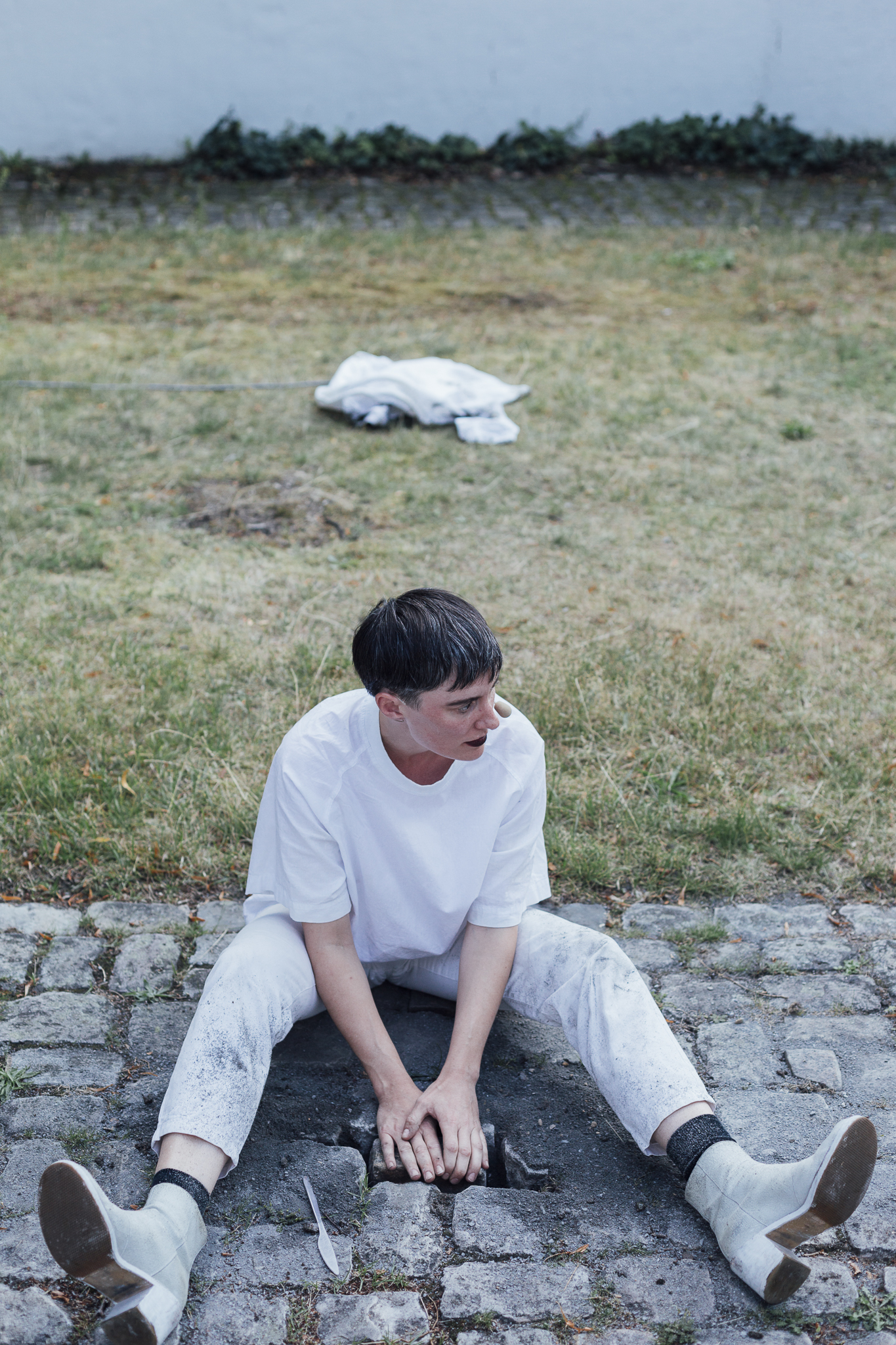
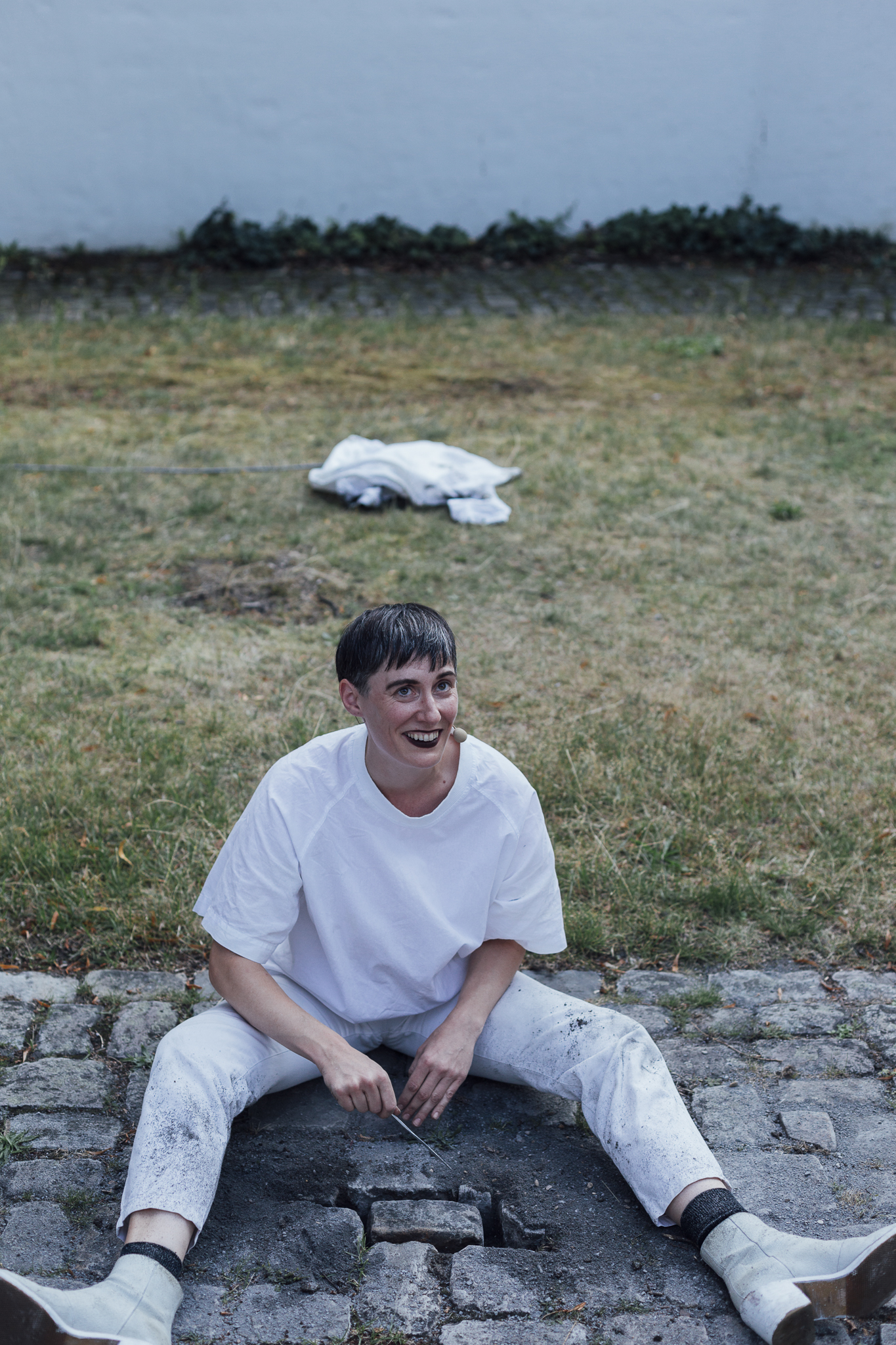



From the other side of a wall, a voice can be overheard grumbling about what became of a place. She enters the courtyard dressed in white. Chooses a cobblestone. Begins digging it up. A story is told in the first person plural, about a basement, a shaft of light, and what happens to those in its presence as she digs. At last, the cobblestone is unearthed, carried to a new location, and placed in the ground. An ode to earthworms is read. A song and dance is then performed. The beat is kept by stomping the ground. What subterranean creatures hear is amplified by a ground-penetrating geophone, which captures the sounds of digging, or rustling, of steps, of stomping. She collapses.
LOM Géofon, headset mic, butter knife, cobblestone.
Photos by Mailine Reicke
When it moves, strengthening its skin
Kunstverein Bielefeld, 30.07.2022
Bitsy Knox, Nils Amadeus Lange, Mira Mann
In the ruins of Kunstverein Bielefeld’s uncertain future, the sense of protection of the enclosure wall of the courtyard is long gone.
Bitsy Knox tells the story of the crumbling of the institutional body, gulped by worms, a digestive system that is already operating under our feet. A relationship to bodily consumption and care that echoes the shelter space of the house, having been used throughout history in turn as a brothel, a medical care center and today a Kunstverein. Darwin spent a lot of time studying earthworms, whose subterranean actions do and undo worlds, narrators of the shallows. In the artists’ speculative story of dissolutions, the digestive processes highlight the worms’ status as arbiters of the sinkage of the world’s histories. The courtyard opens up from inside, unveiling its prophetic character. Decentered at Bunnemannplatz, Mira Mann invites the K-pop dance group Iridescent Wings to perform a choreography in front of the Merkurbrunnen. The metallic fans unfold in sudden moves, sequencing the movements, playing on the legacy of the fan dance to frame the performative operations. In the well orchestrated parade, those productive gaps allow for other kinds of passages: the ones of memory and knowledge that accompany the fluxes of cultural codes. The synchronized choreography takes place in front of Mercure, roman god of commerce, suggesting the dynamics that penetrate both the bodies of the individual and the collective: a desire to achieve TikTok fame or a dissipation in well orchestrated capitalist rationalization. Iridescent Wings, the group’s name, further insists on the challenges of subject formation: how to achieve self-actualization under the unifying effect of representation?
The walk back to the Kunstverein for Nils Amadeus Lange’s contribution is accompanied with the latent melancholy of the afternoon. In the courtyard, he overperforms lamentations,
allowing us to grasp the notion of “being together” through the exercise of mourning: the body through which the community speaks (or cries) is within each member of the audience. The object of despair is left unknown, leaving the weeping act bare. It is a disappearing act, a negation of public accessibility to better extend the stage to the audience, ripe for the enactment of collectively experienced drama.
When it moves, strengthening its skin stages itself as a shared resurrection through the diligence of worms, glistening wings and streams of exacerbated melancholy. The performances are a series of rites that don’t ground themselves on the authority of a central symbolic power, preferring a vulnerable ground that allows for unexpected encounters, undoing the defined body of the audience. The religiosity of the afternoon, with its tolerated transcendance, serves this more general purpose of displacement. Crackles, digestive processes, resonant echoes of footsteps, K-pop dance moves, fan dance and TikTok fame, exercises of laments, collective despair, crying one’s heart out; they all punctuate the steady ground, bell rings of a fragmented yet communal experience.
Text by Paolo Baggi
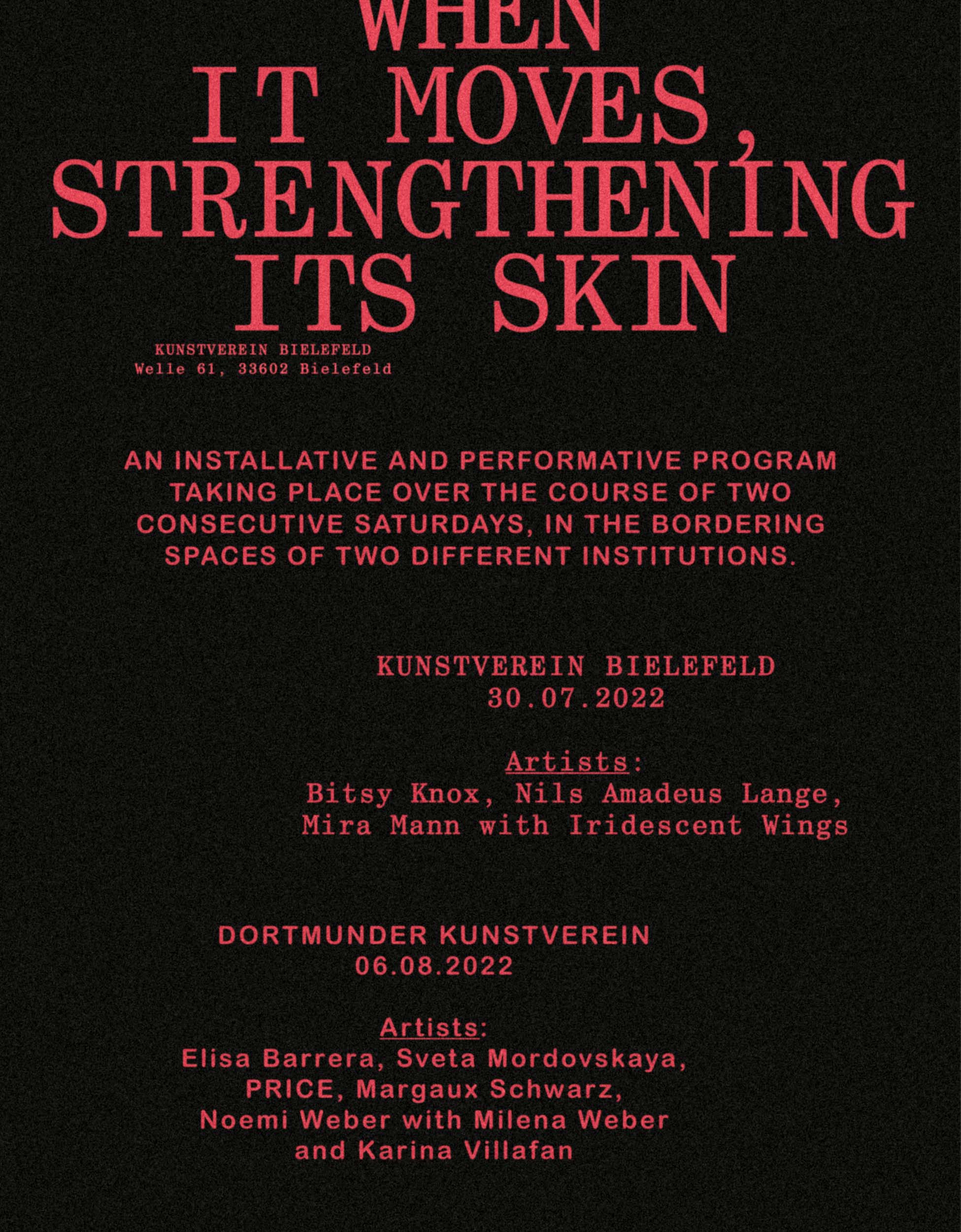
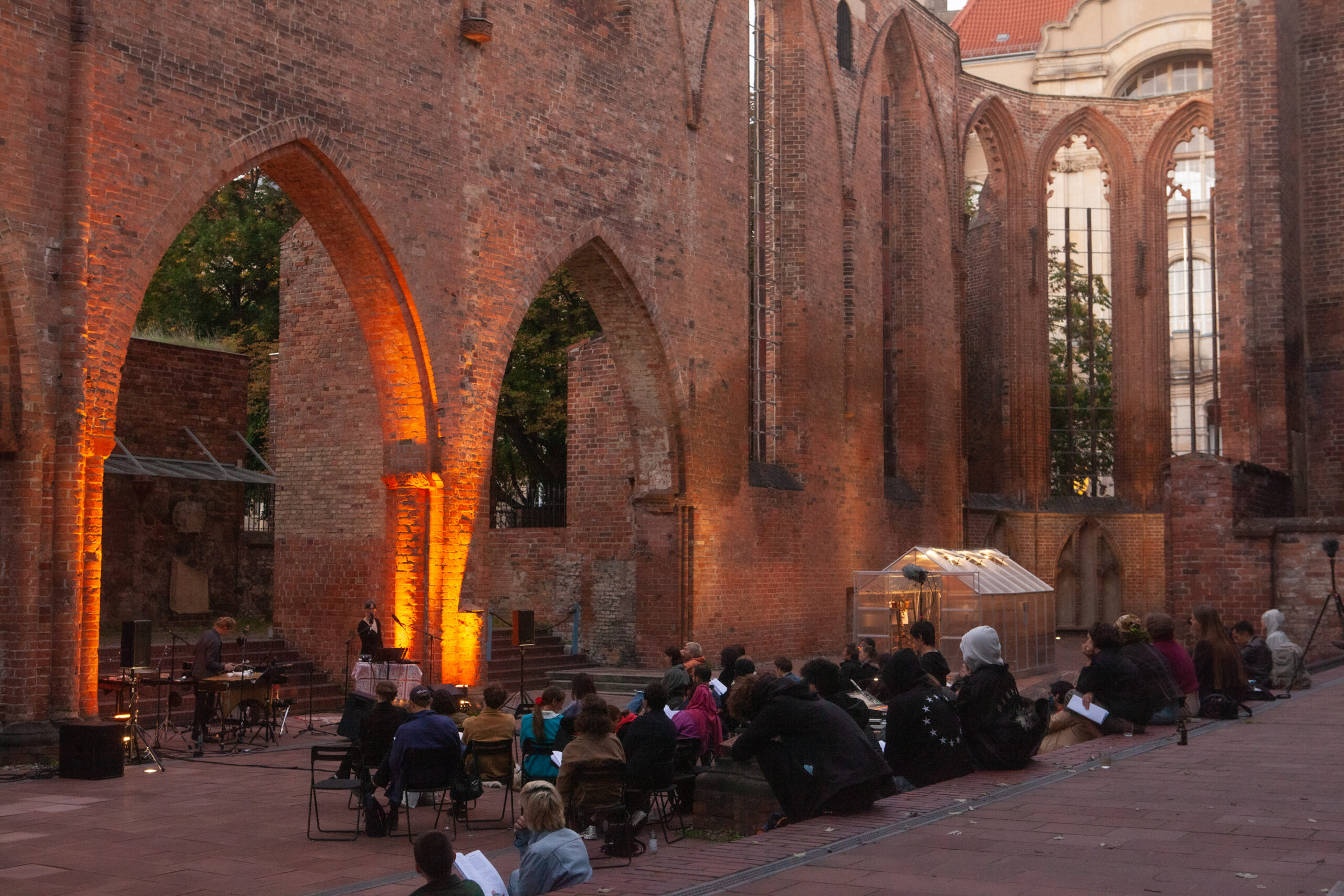
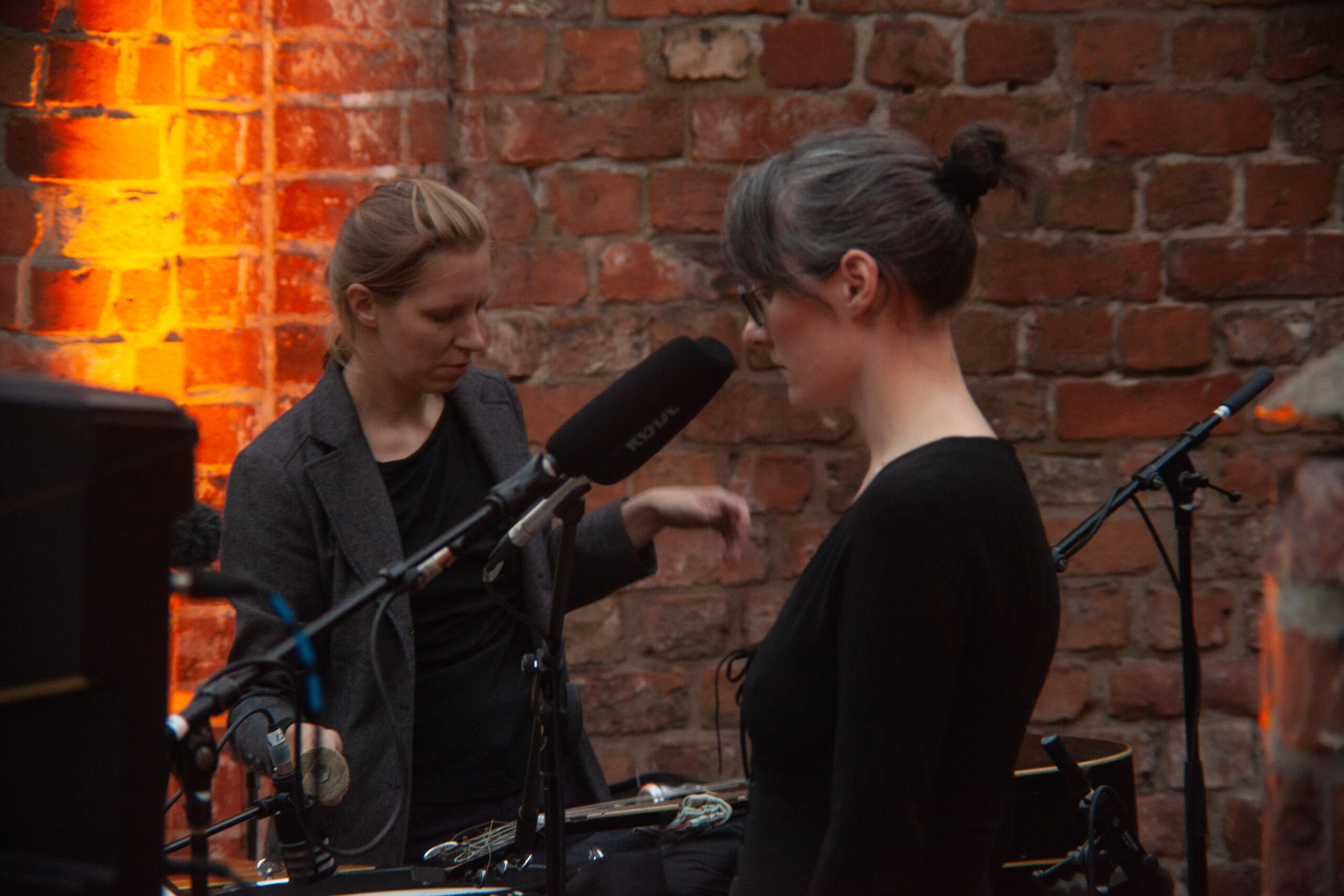


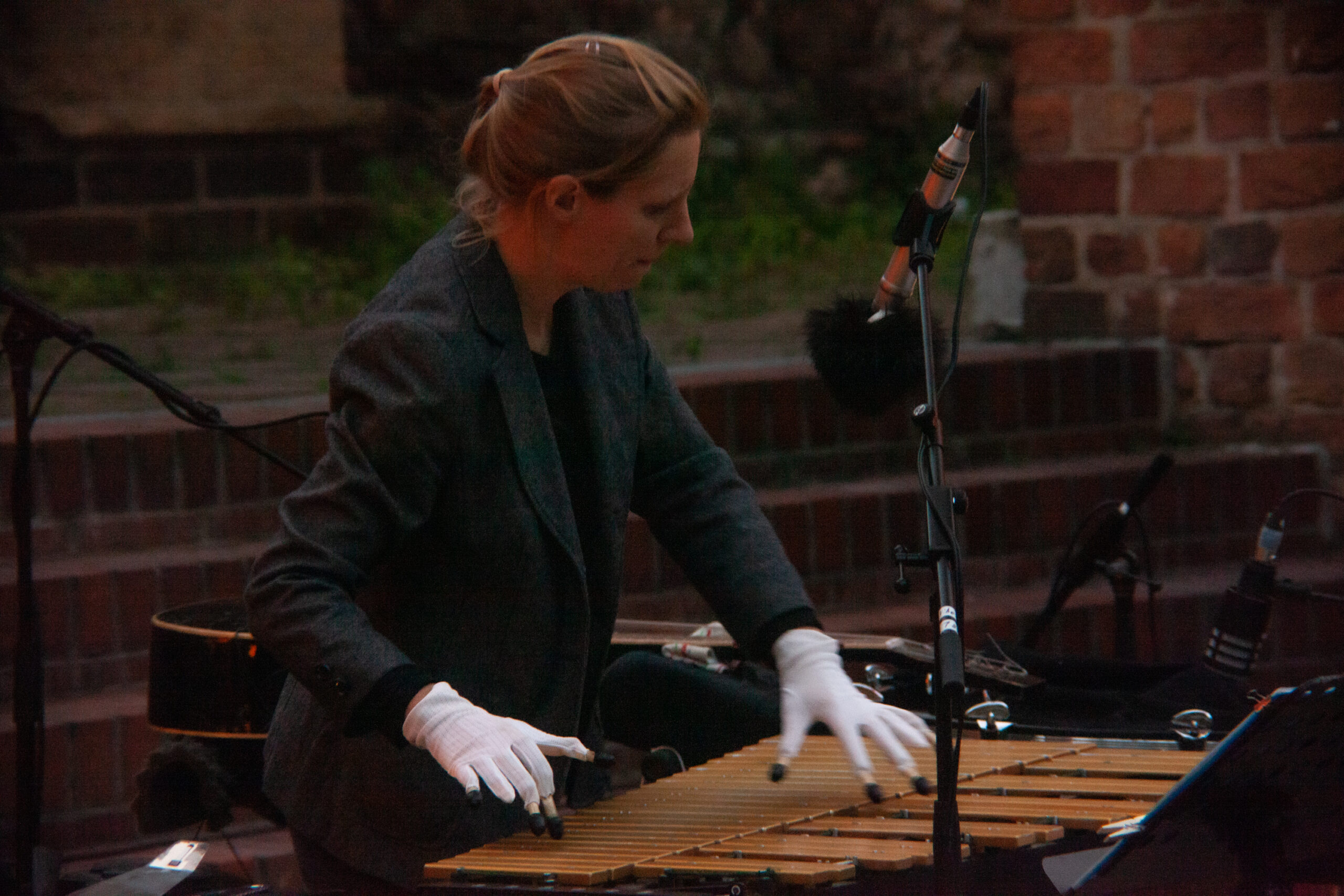
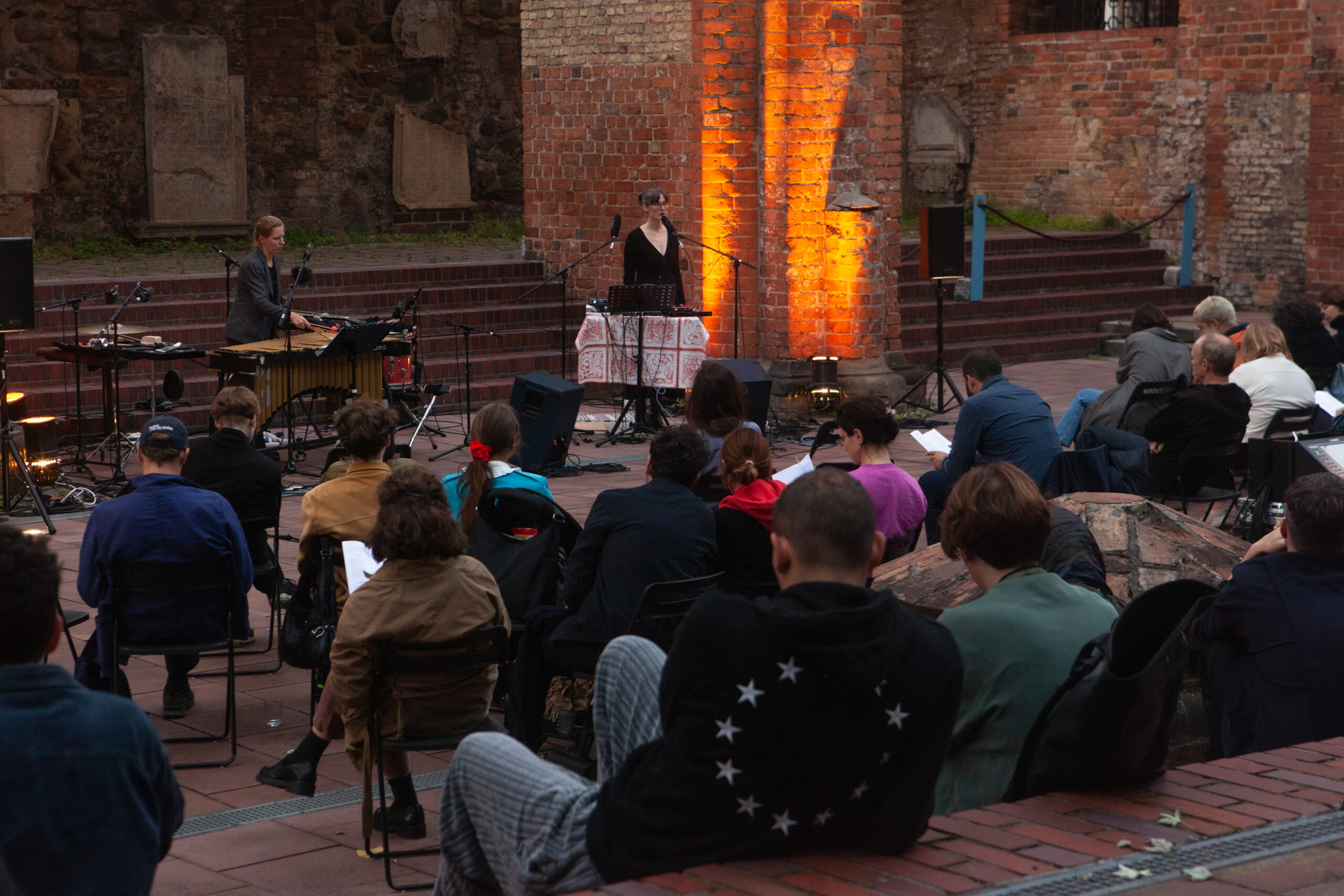


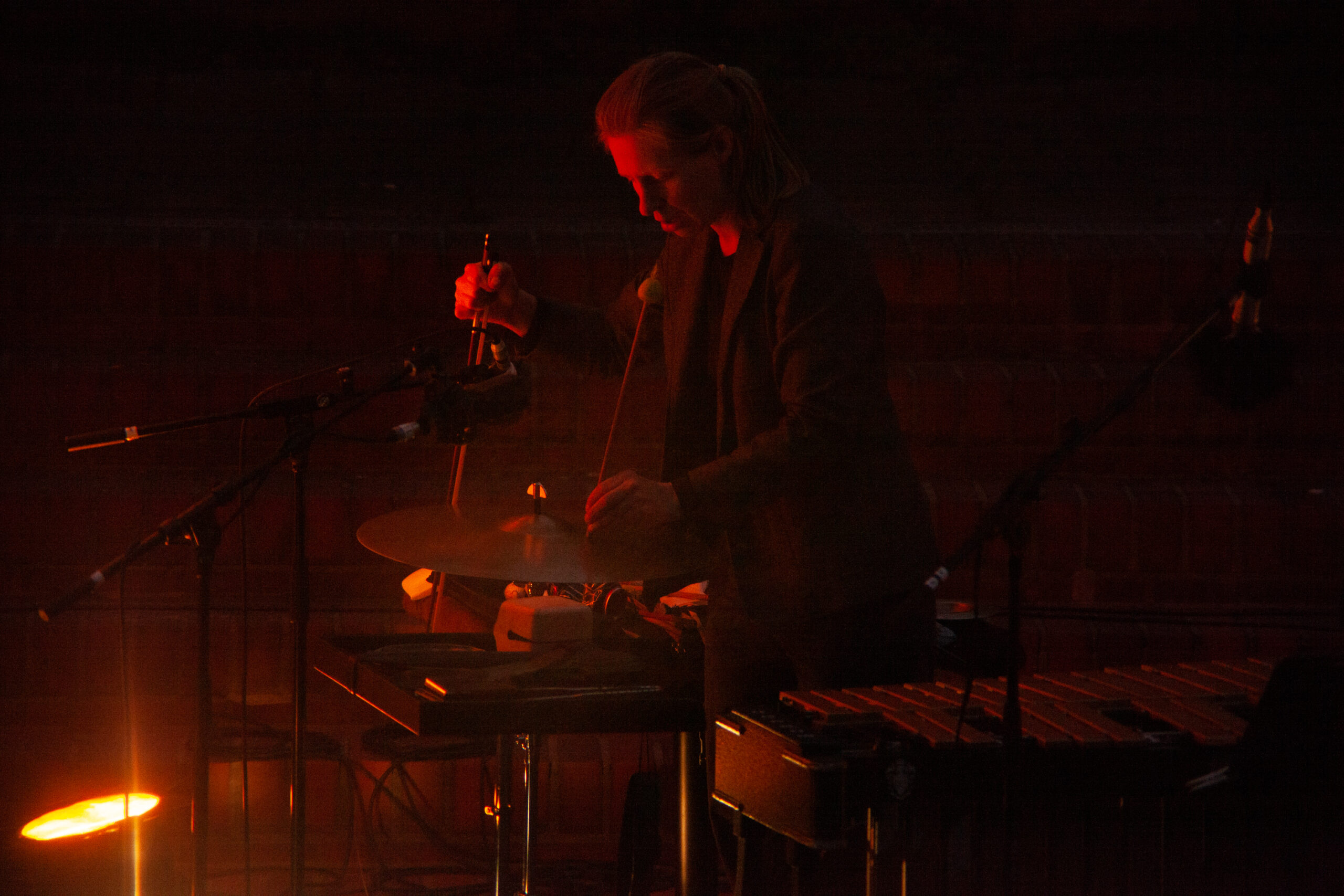
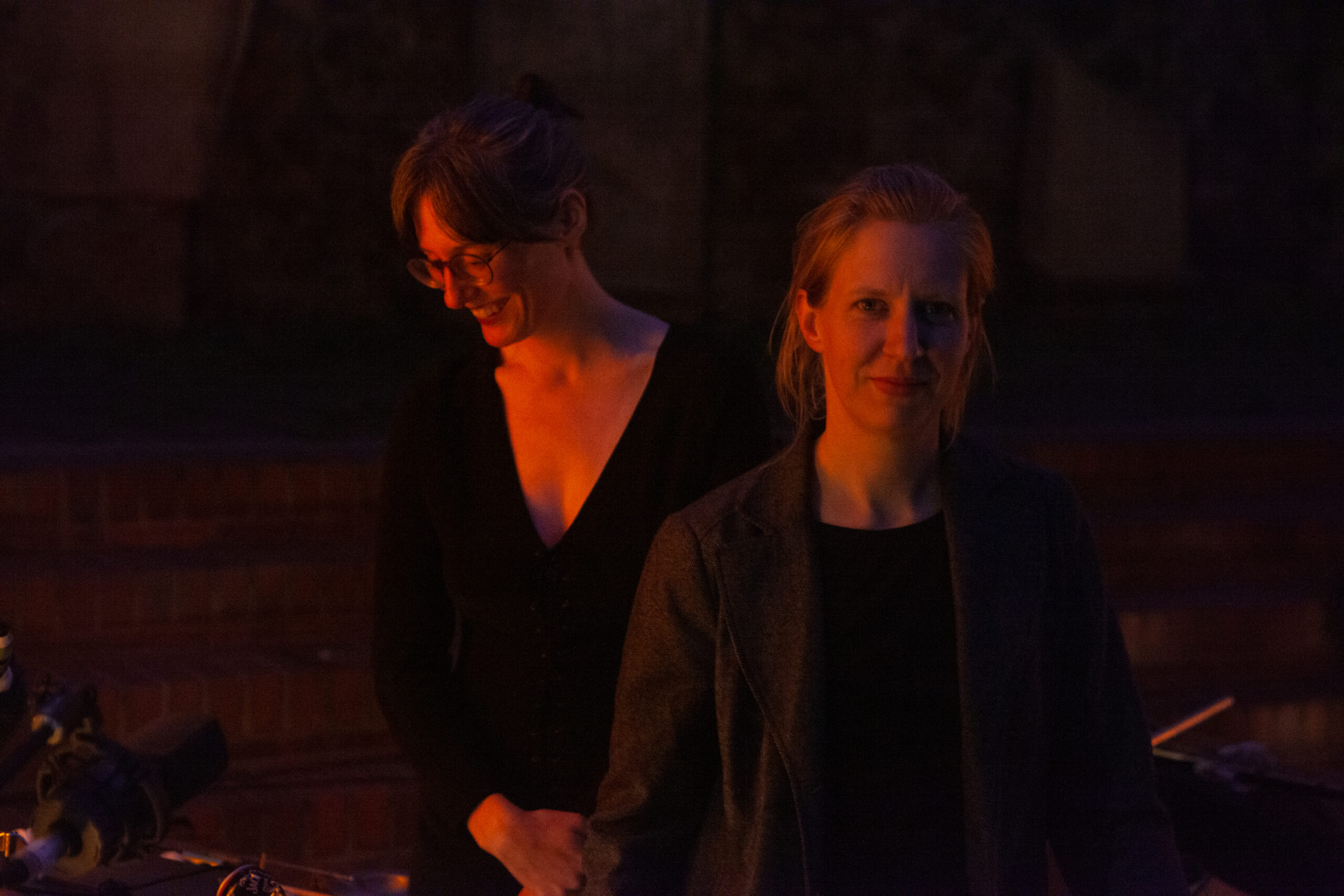
Chimera’s Still Warm Body, a 4-act operatic performance with a libretto by Bitsy Knox and scored by the composer, percussionist, and vibraphonist Els Vandeweyer, is a retelling of the life and death of the Ancient Greek monster, Chimera. Drawing from original source material, chaos theory, free jazz musicology, and queer theory, Chimera’s Still Warm Body traces notions of hybridity, asynchrony, and the manipulative power of fear.

I had the great pleasure to open up an intimate and heavy evening of performances at an unnamed party in an abandoned train station near Dessau, Germany. So honoured to get to play with some fantastic musicians that evening, including Chrysanth, Minor Science, Grymnk, DJ Bricks, Physical Therapy, Objekt, CCL, and rotating finale. Thanks to Scott and Vicky for inviting me and organising.
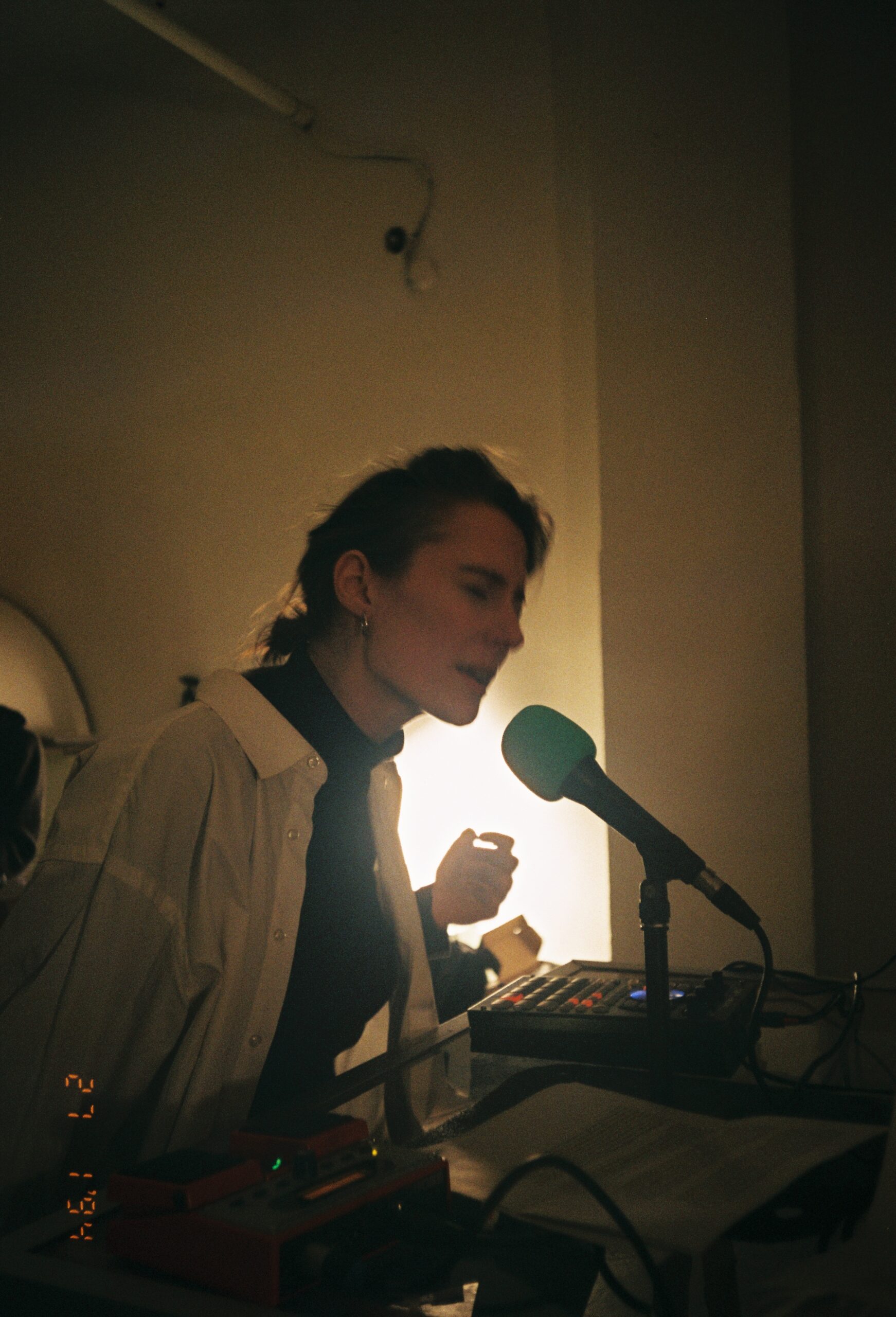
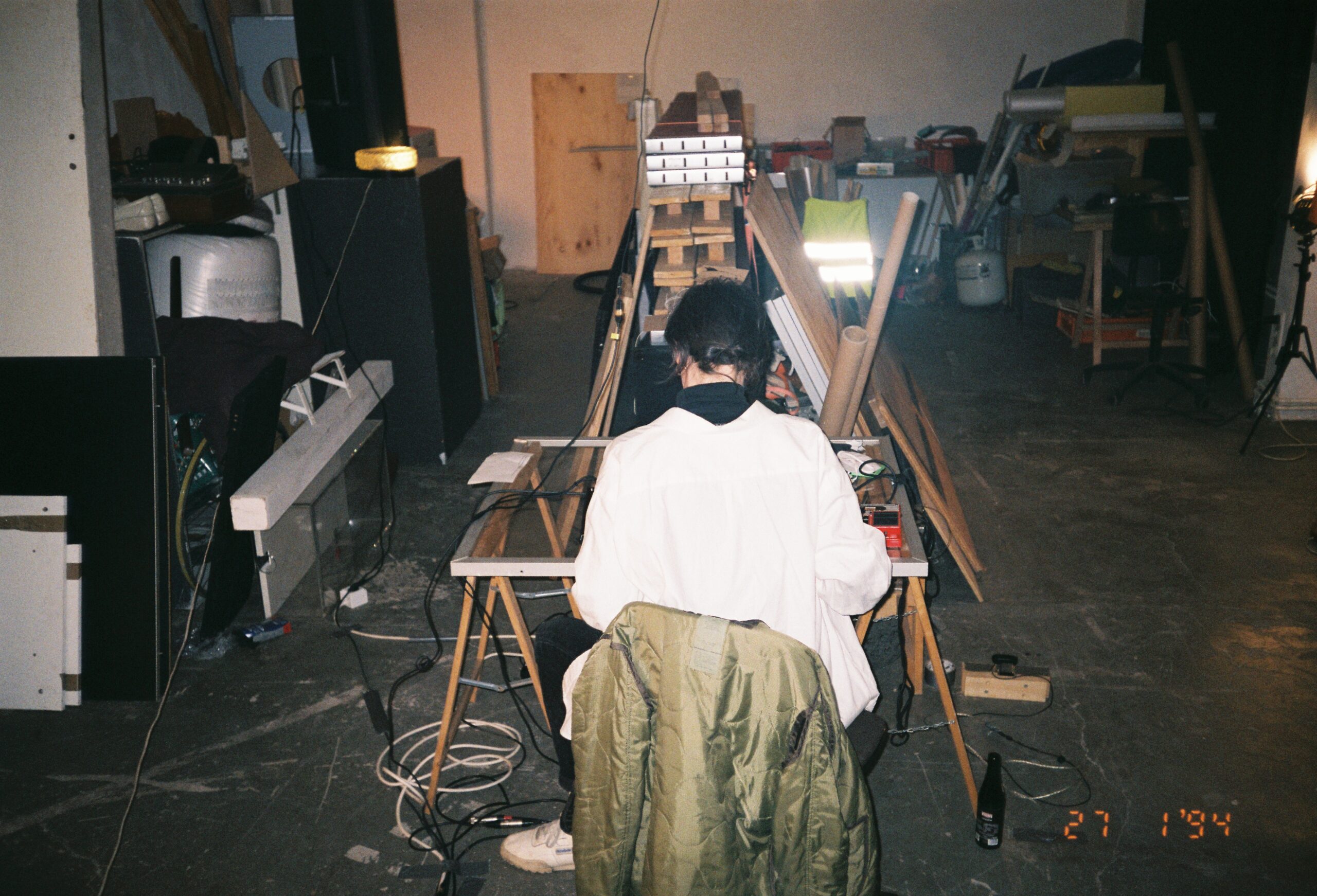
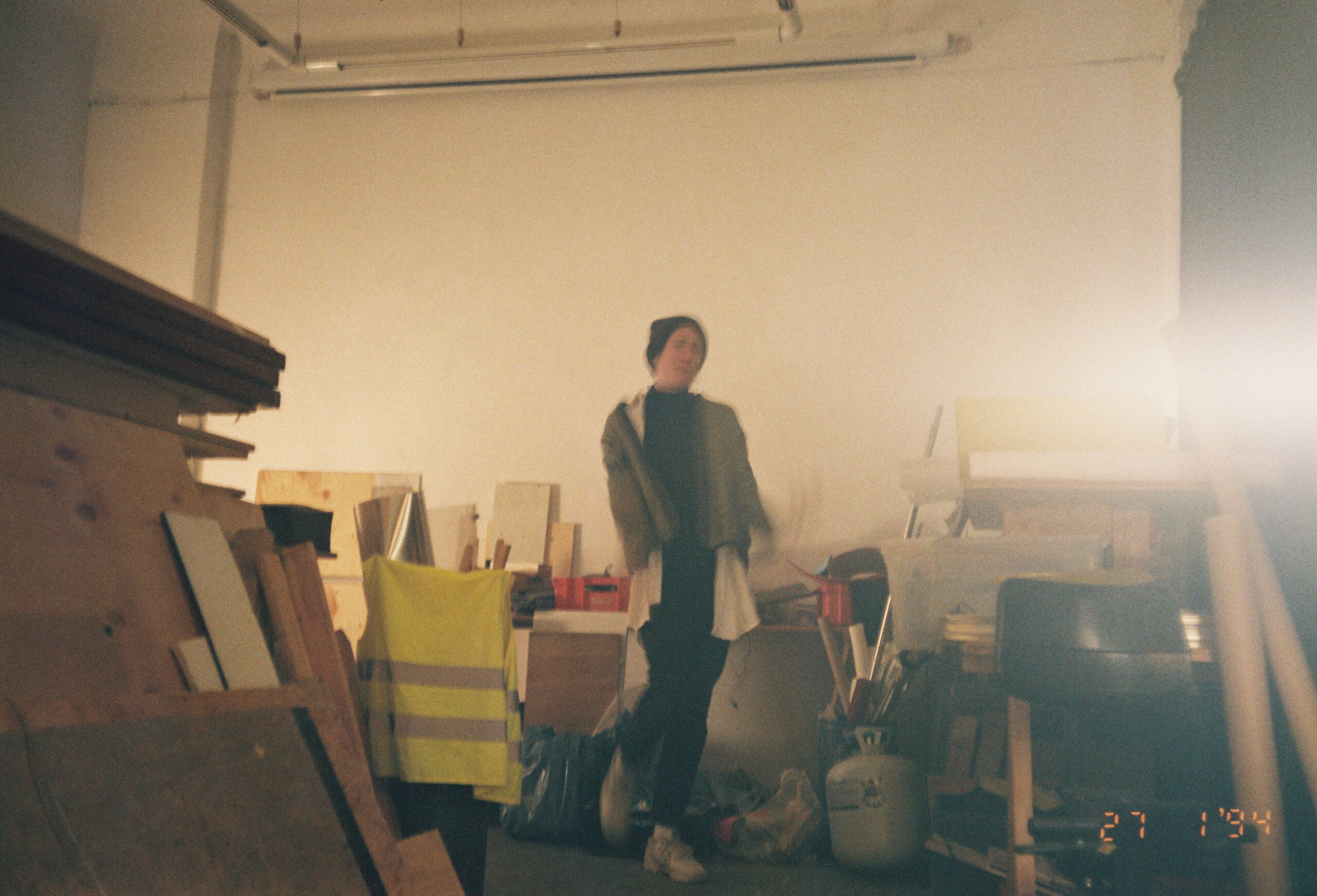
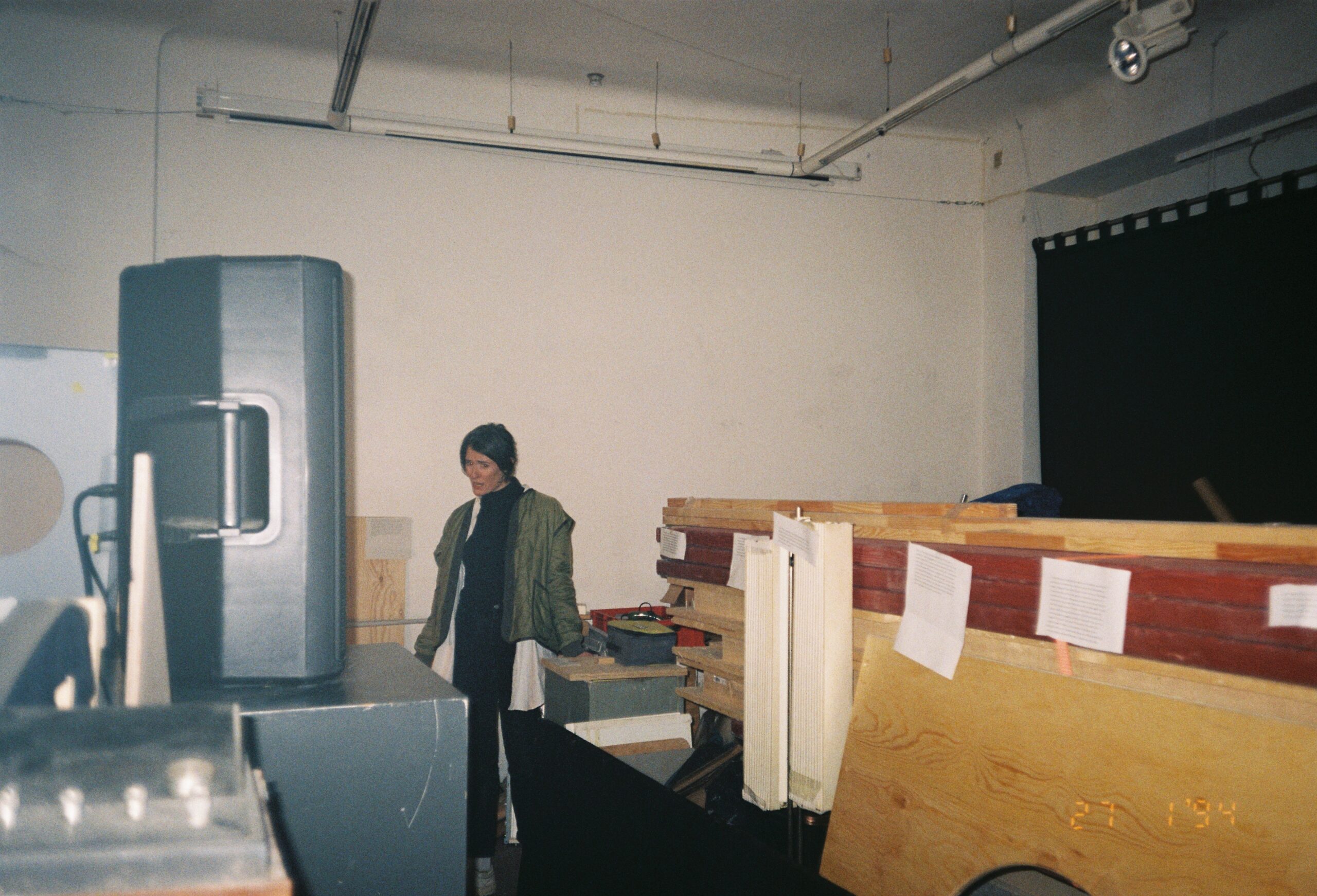
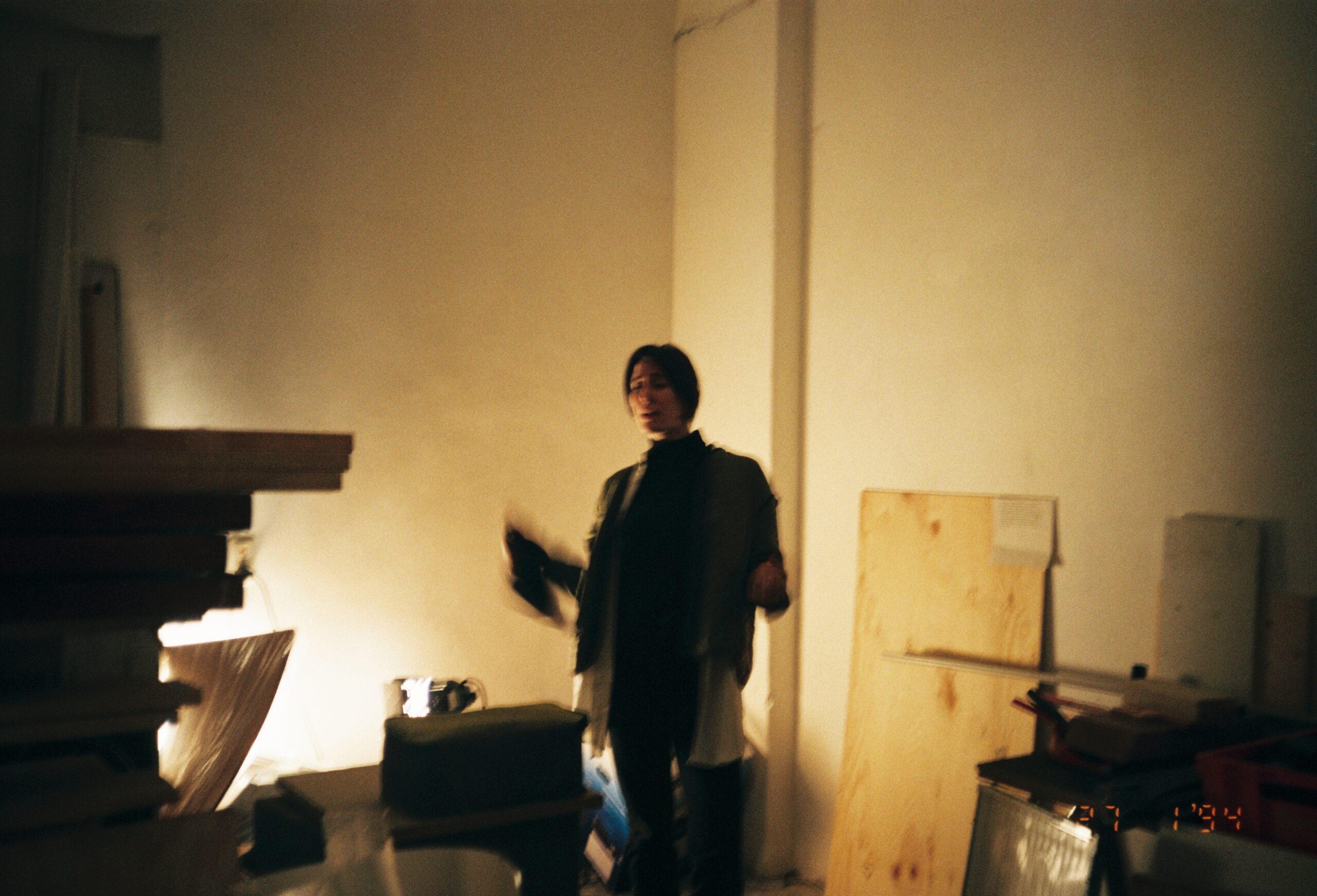
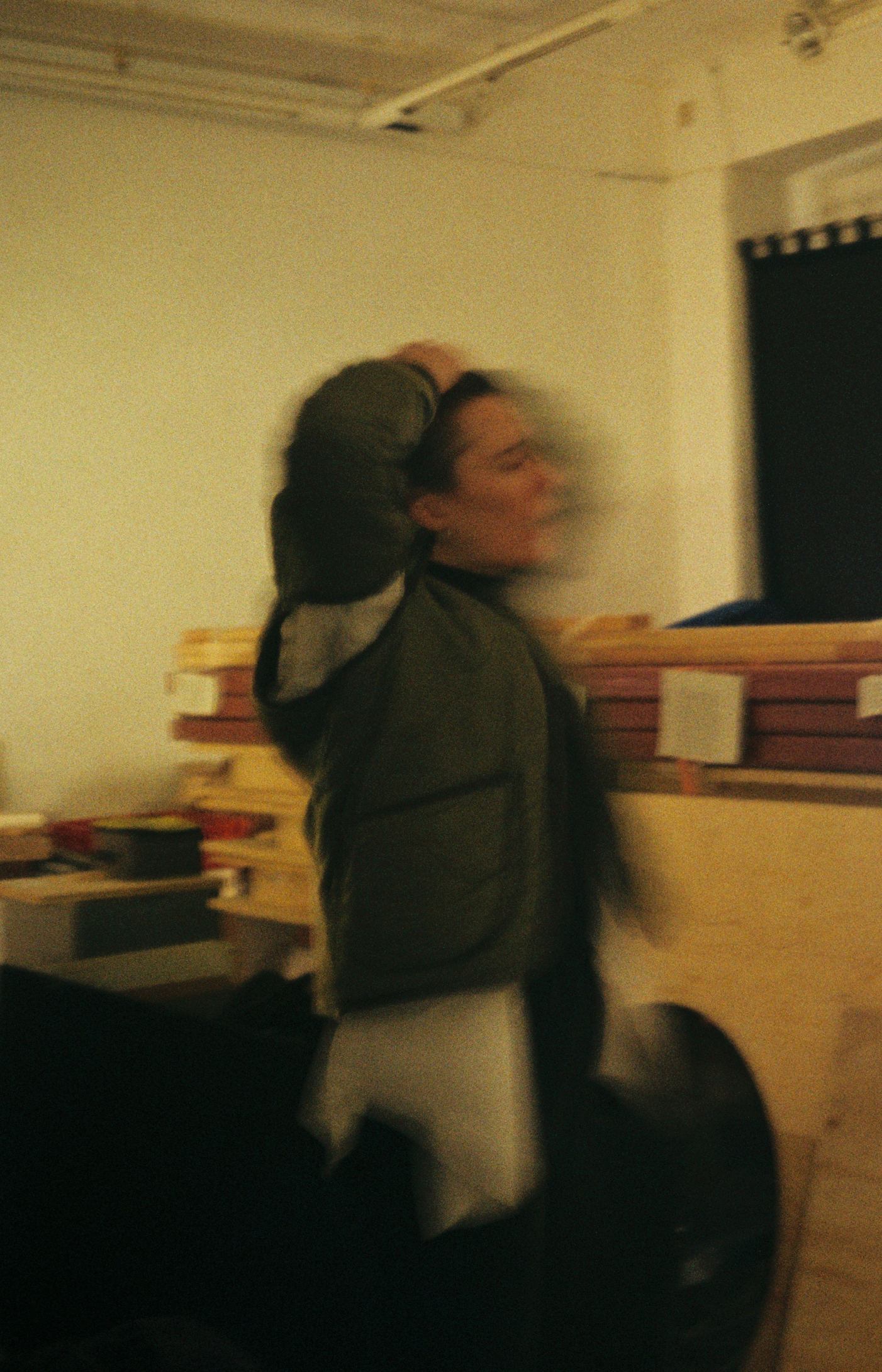
Performed and live-streamed on January 27, 2021 at the Apartment Project, Berlin as part of Chromatic Wednesdays.
Chromatic Wednesdays is a culmination of our recent collective consciousness — the pandemic has disrupted our ability, creativity, and production. How do we as artists and intellectuals develop alternative forms of thinking and articulate this unclear existential situation? How can we get out of this limbo? How can we expel it? Addressing these questions, Apartment Project developed a program titled Chromatic Wednesdays, which consists of 33 individual events, that will take place within eleven months starting from December 2, 2020. Each month will revolve around specific themes on current issues such as; immigration, pandemic, ecology, sustainability, gentrification, gender, survival, boundaries, geography, freedom of speech, and future. On three Wednesdays per month, artists, musicians, performers, scholars, scientists, and cultural practitioners will be invited to collaborate and share their research, practices, and experiences. The space will host a variety of events such as; concerts, performances, workshops, film screenings, lectures, exhibitions, readings, panel discussions, and dinner gatherings.
- Photos courtesy of Bengisu Caglayan
- Filming courtesy of Emre Birismen, with sound by Melih Sarigol
Om Marrow was written in 2017 on Hornby Island. This reading of the poem follows an initial (unreleased) scoring with Roger 3000, and is here read at Hopscotch Reading Room (Berlin) during Flüssige Stadt, on February 19th 2020, a poetry reading featuring Jessica Aimufua, Ellena Basada, Adrienne Herr, Nina Kettiger, and Natalie Mariko.
Video documentation by Luzie Meyer.
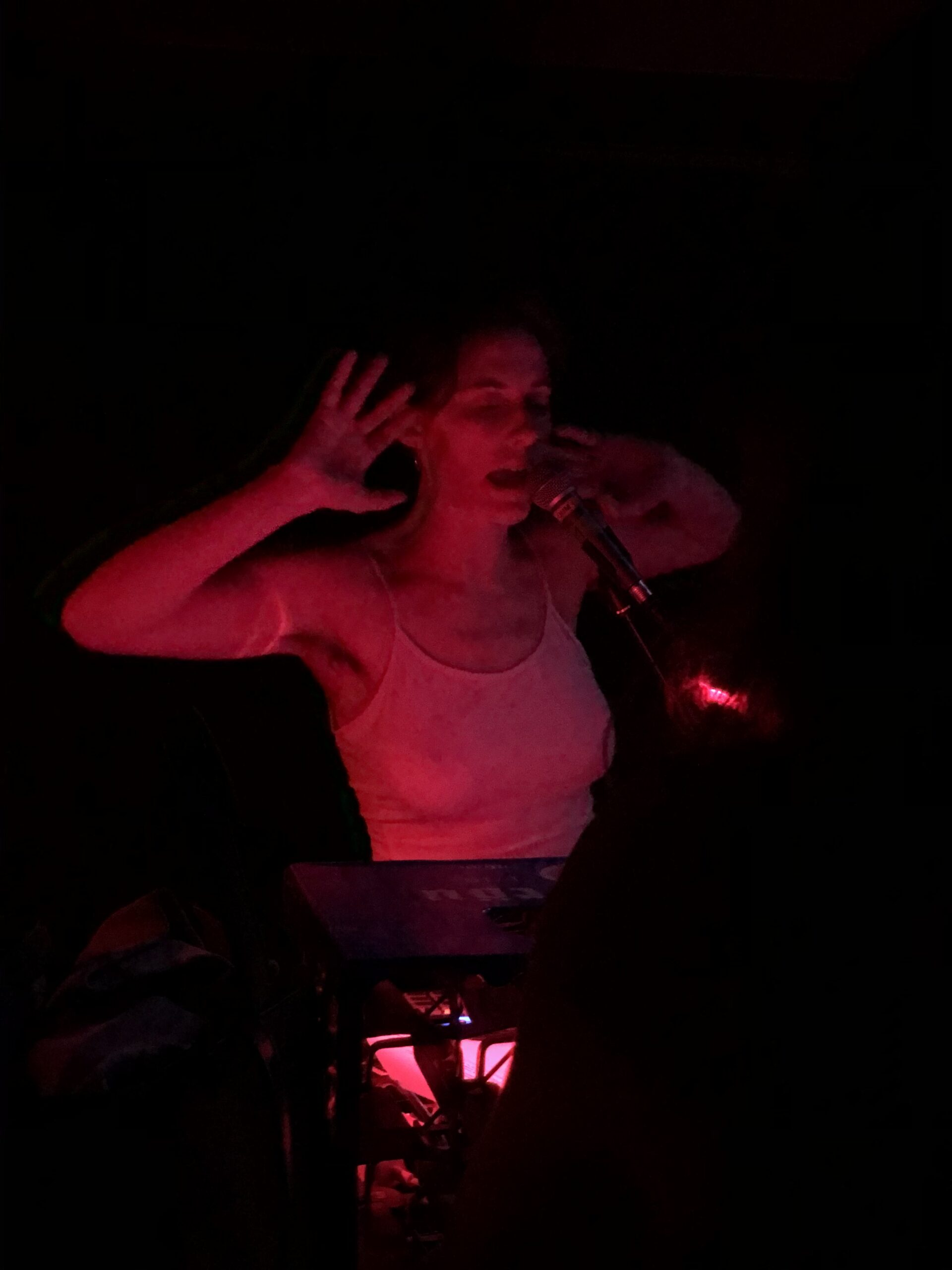


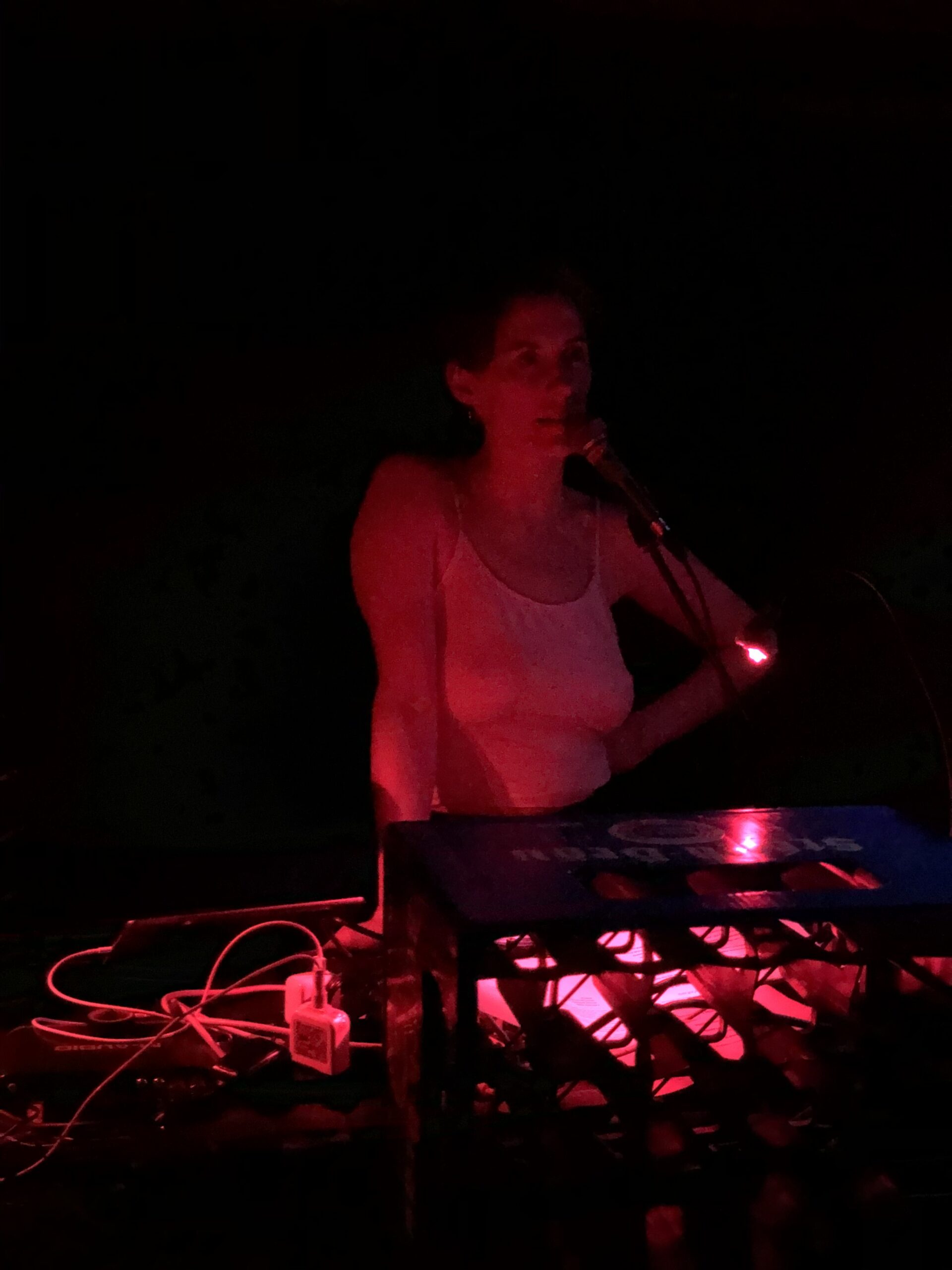

Performance of “Made Me” (2020) at OHM, Berlin, on the occasion of the book launch for Mitch Speed’s “One Work” series (Afterall Books), Fiorruci Made Me Hardcore.

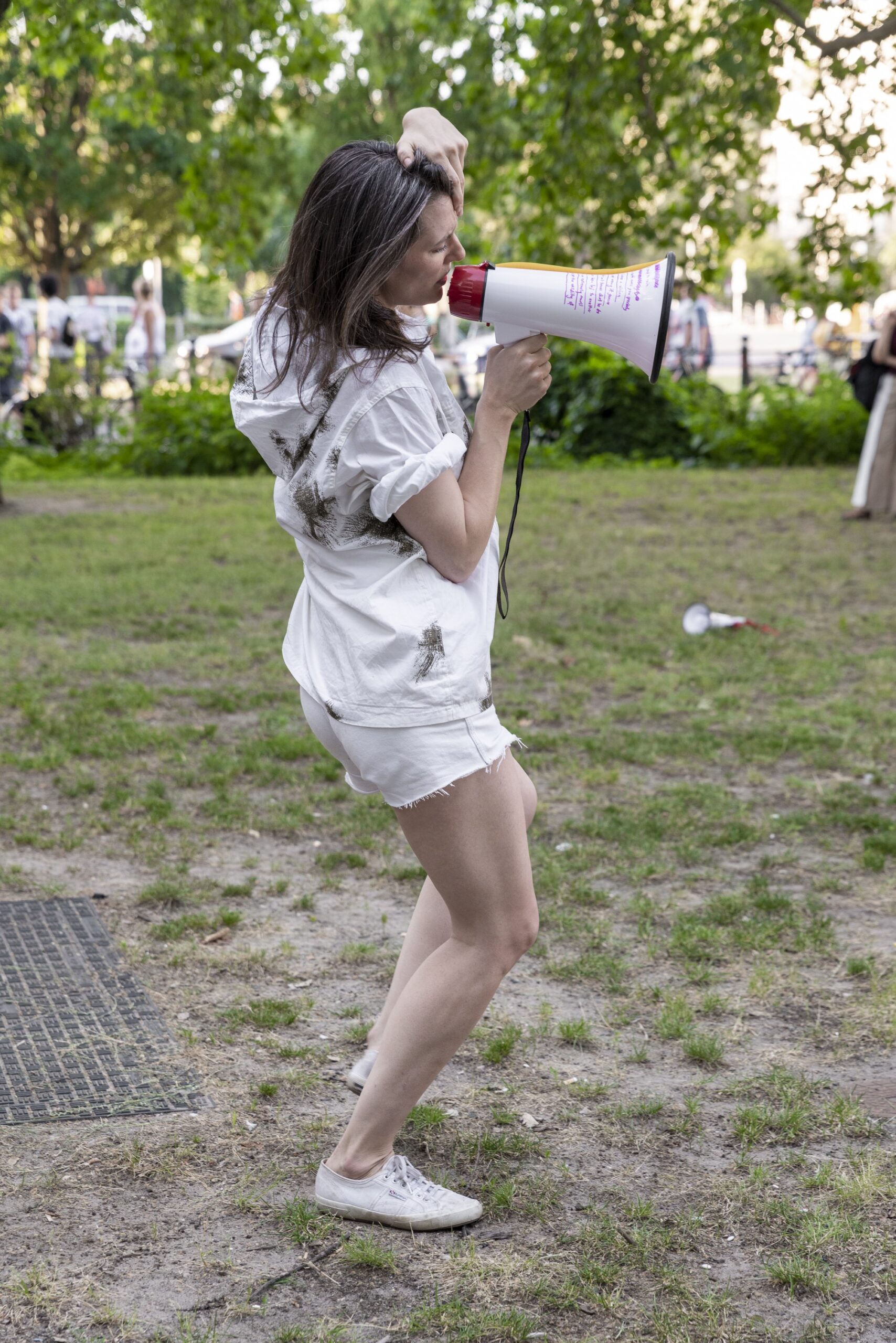
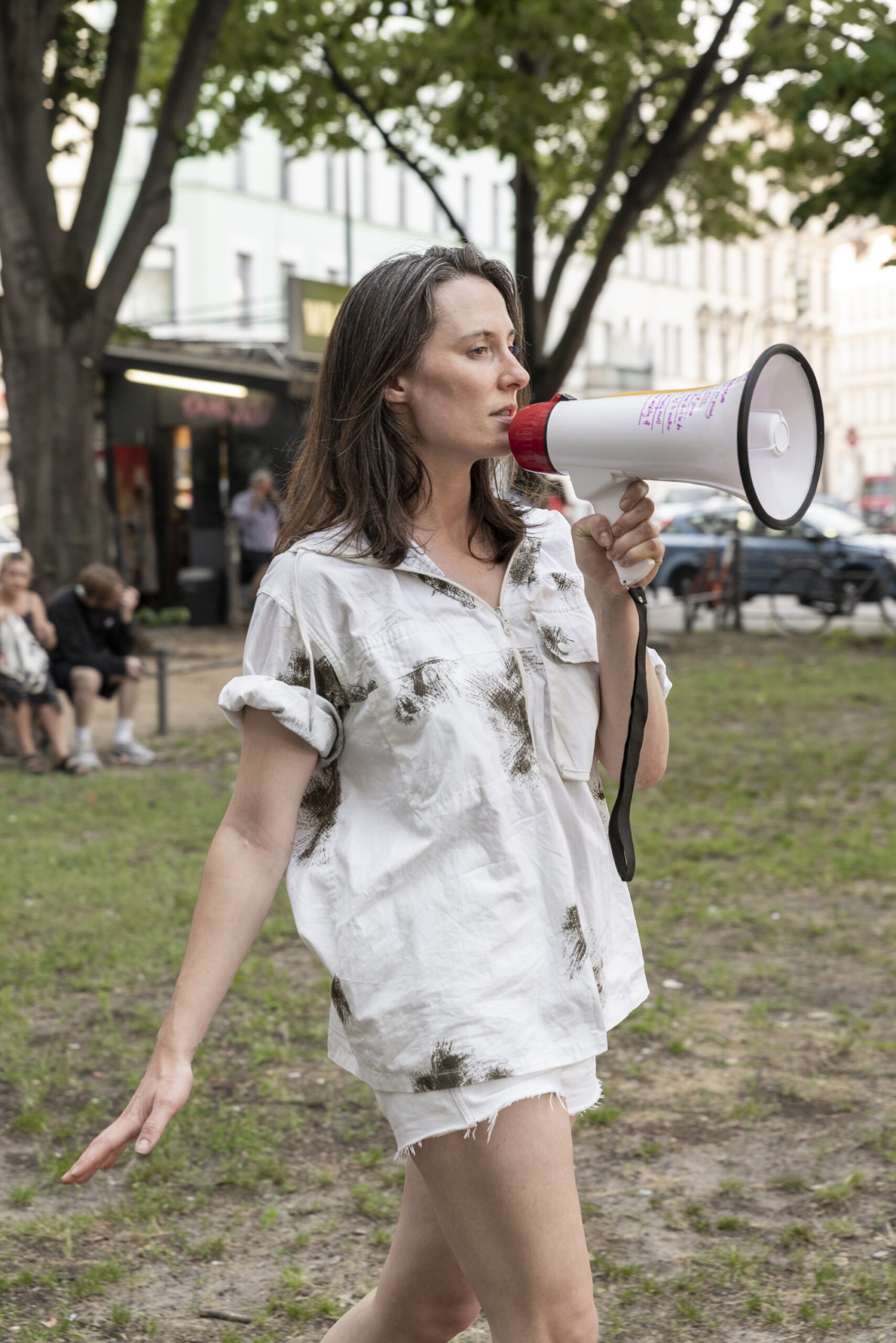
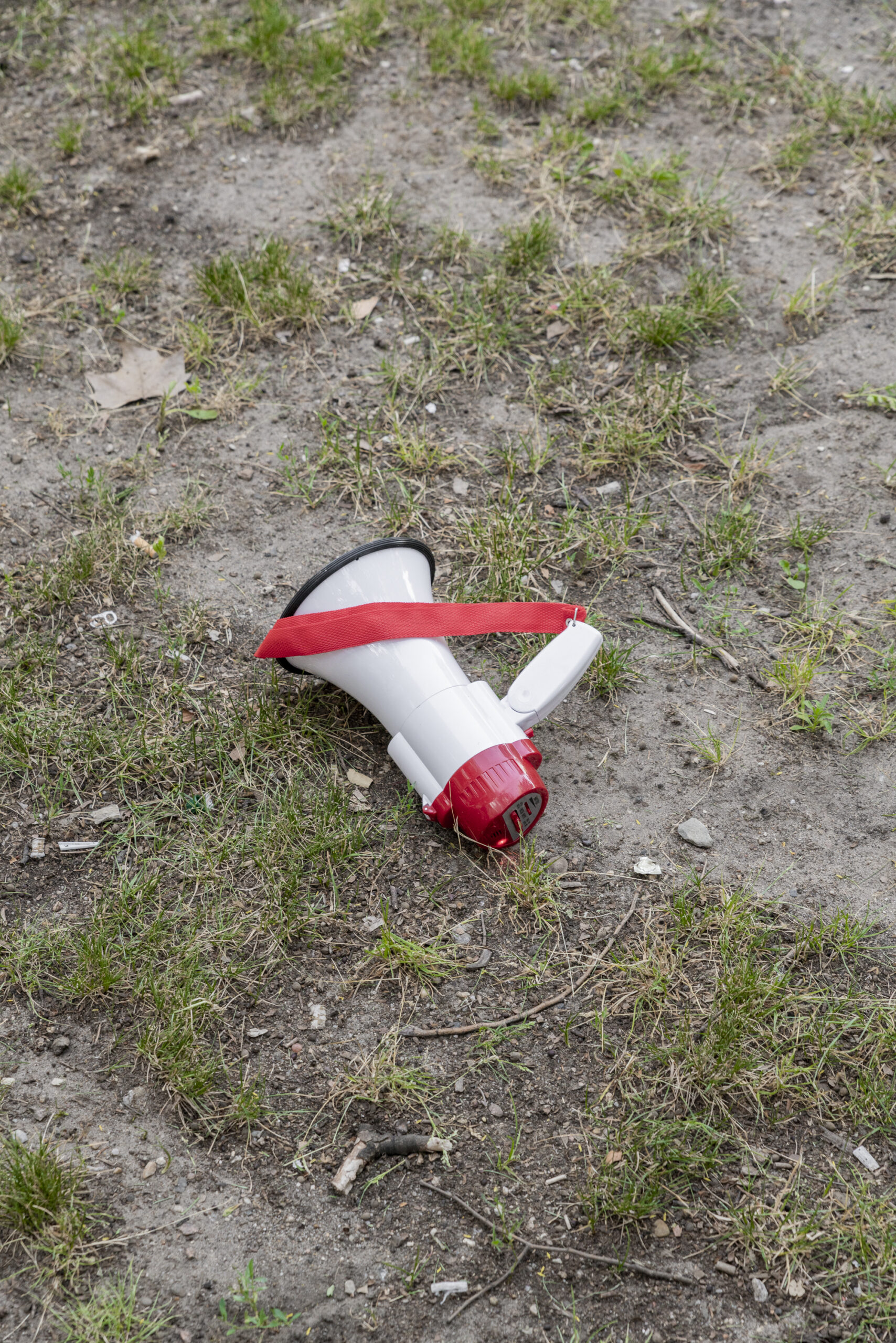
Performed at Project Space Festival Berlin, commissioned by Ashley Berlin, July 2019.

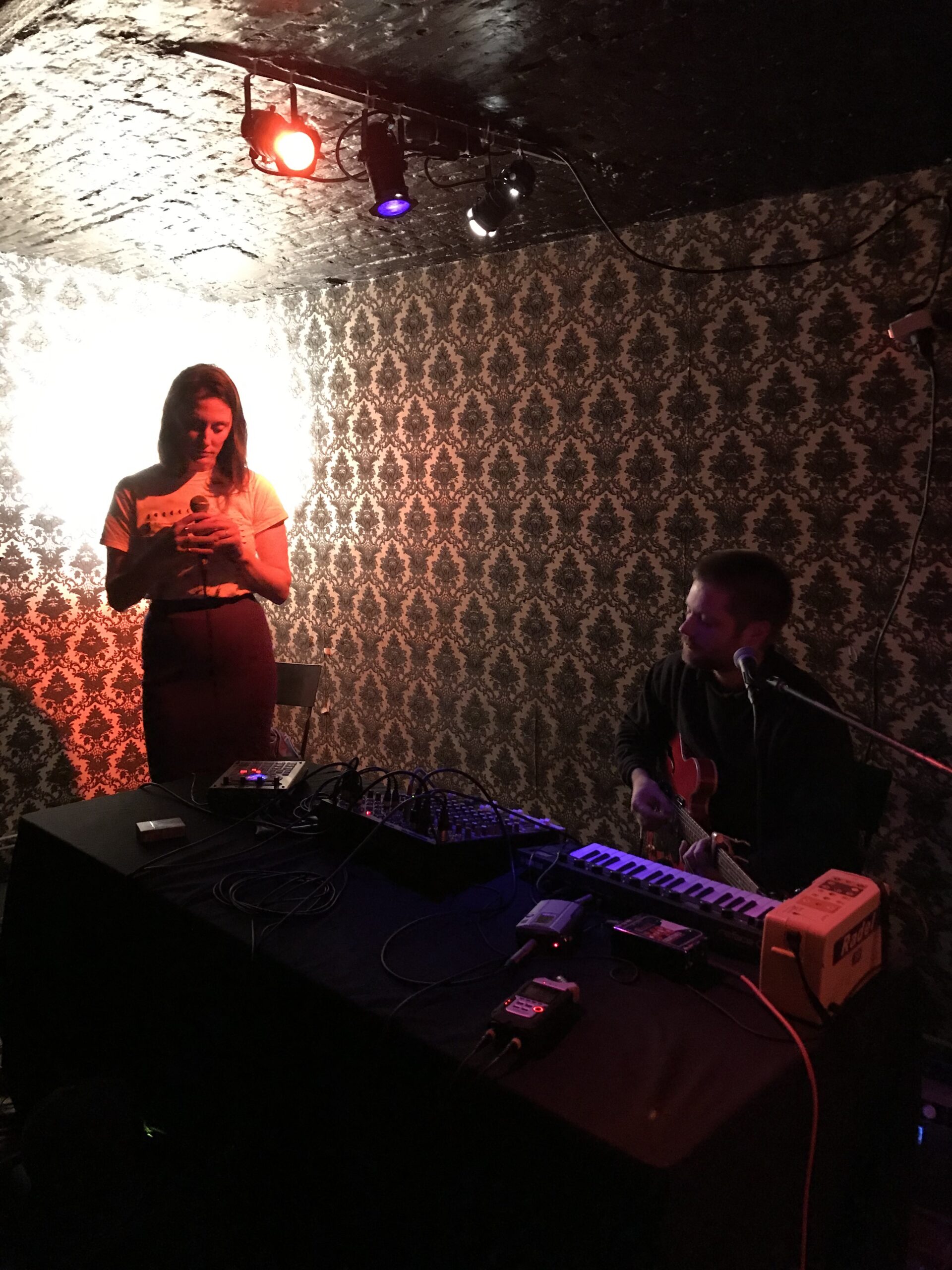

OM COLD BLOOD, by Bitsy Knox & Roger 3000, performed at E2Sterput, Brussels, November 24 2018
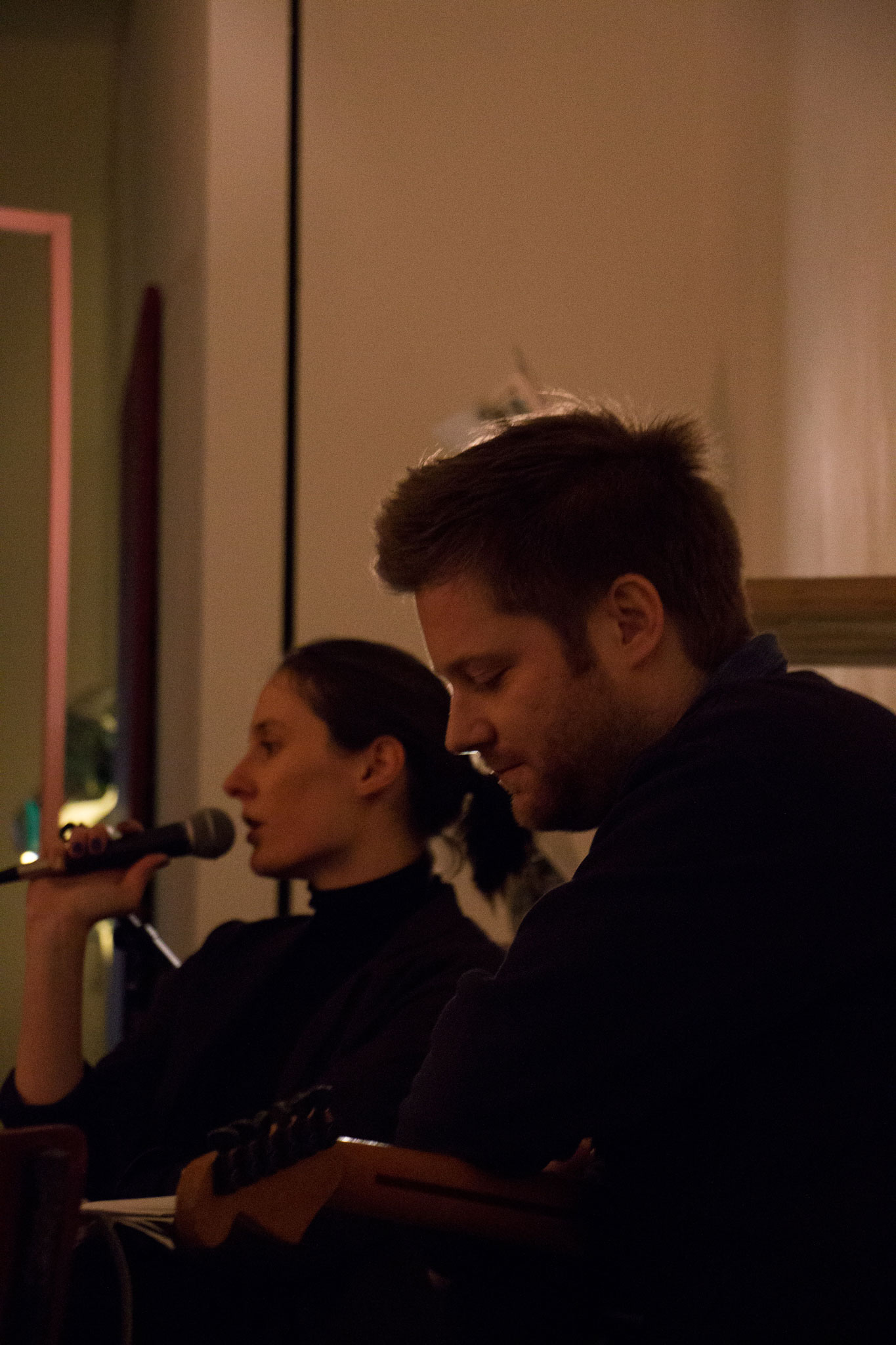
- Bitsy Knox & Roger 3000 perform at W139, Amsterdam, as part of a relocation, an exhibition organised by PEACH (Rotterdam), Sabrina Chou, and Hunter Longe
Untitled (The Power of Now), 2014, Knox & Tonner. Made in collaboration with Christian Tonner for the exhibition The Tiger With Three Legs at Organhaus Art Centre, Chongqing (China). The performer in this video is Takeo Ni.
- Video in accompaniment with a 7″ record release, produced with Olivier Douard for the solo exhibition, I Still Say Yes, Komplot, Brussels (2011).